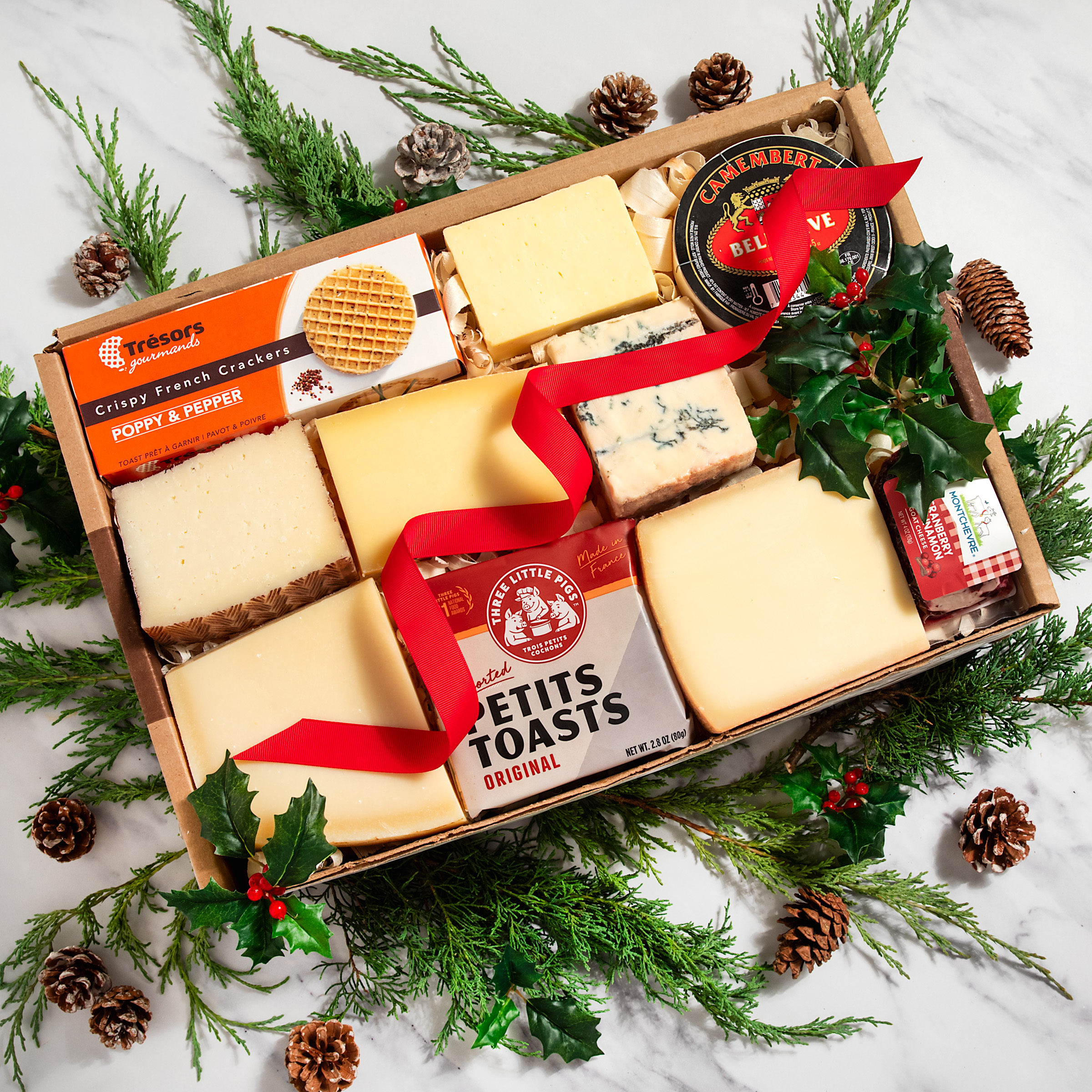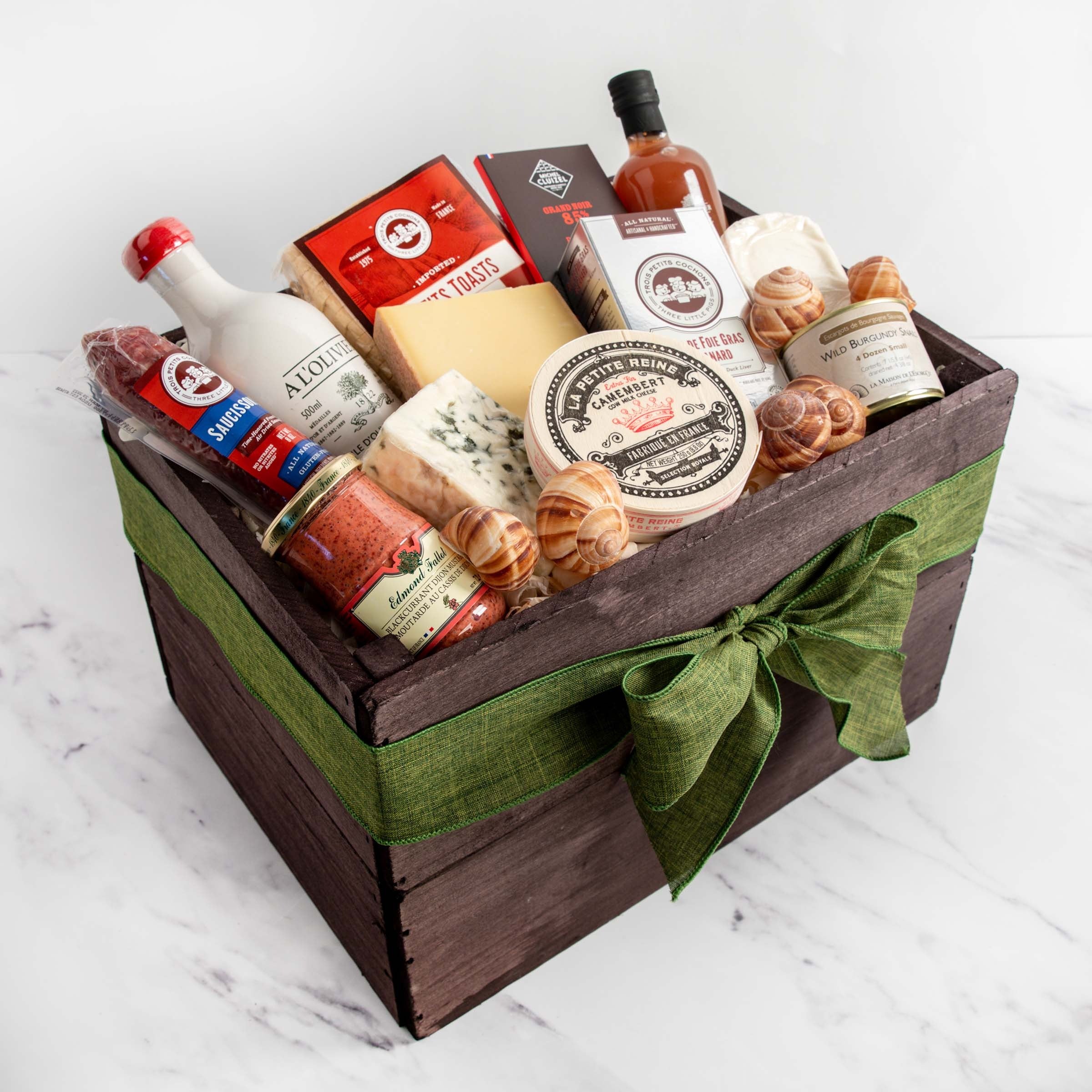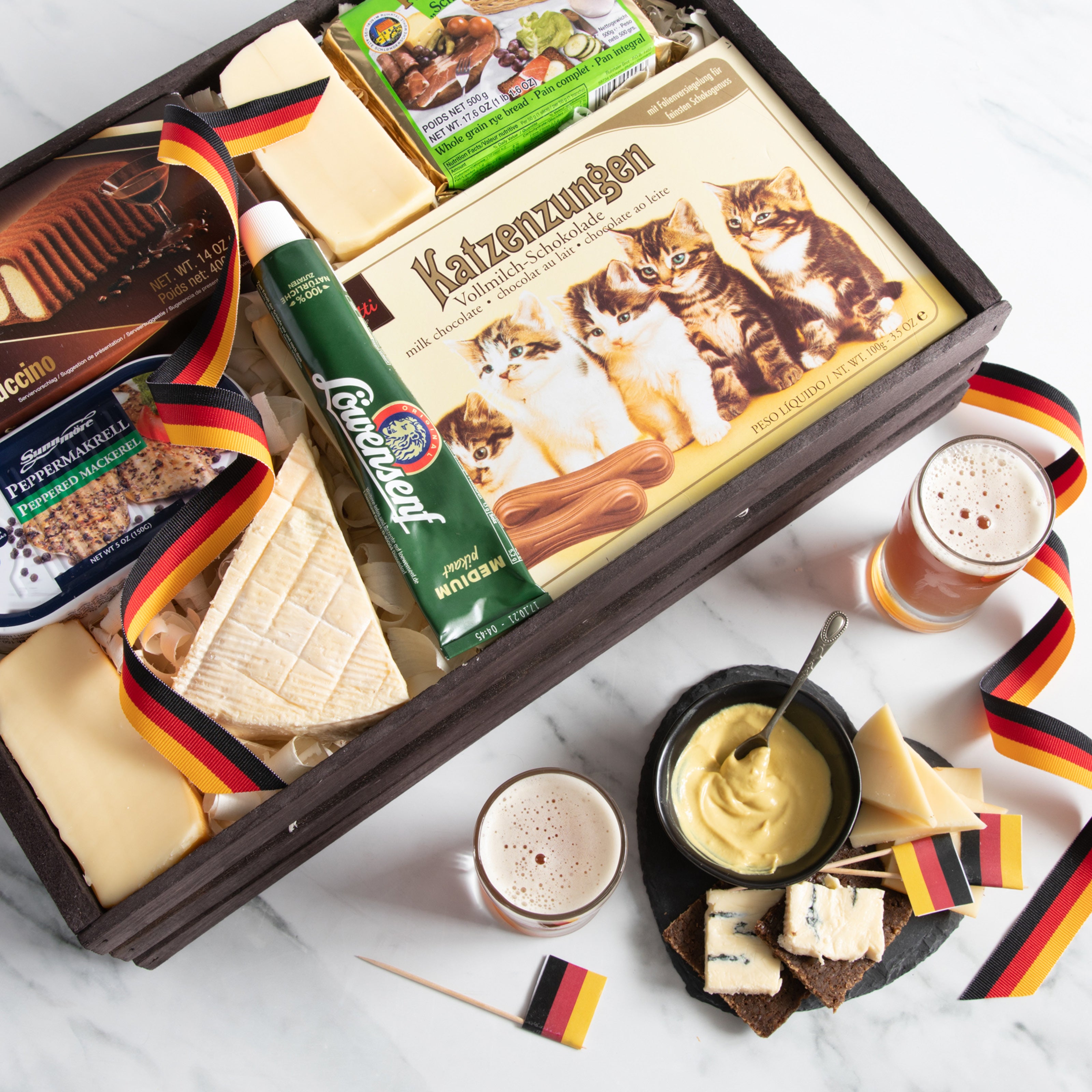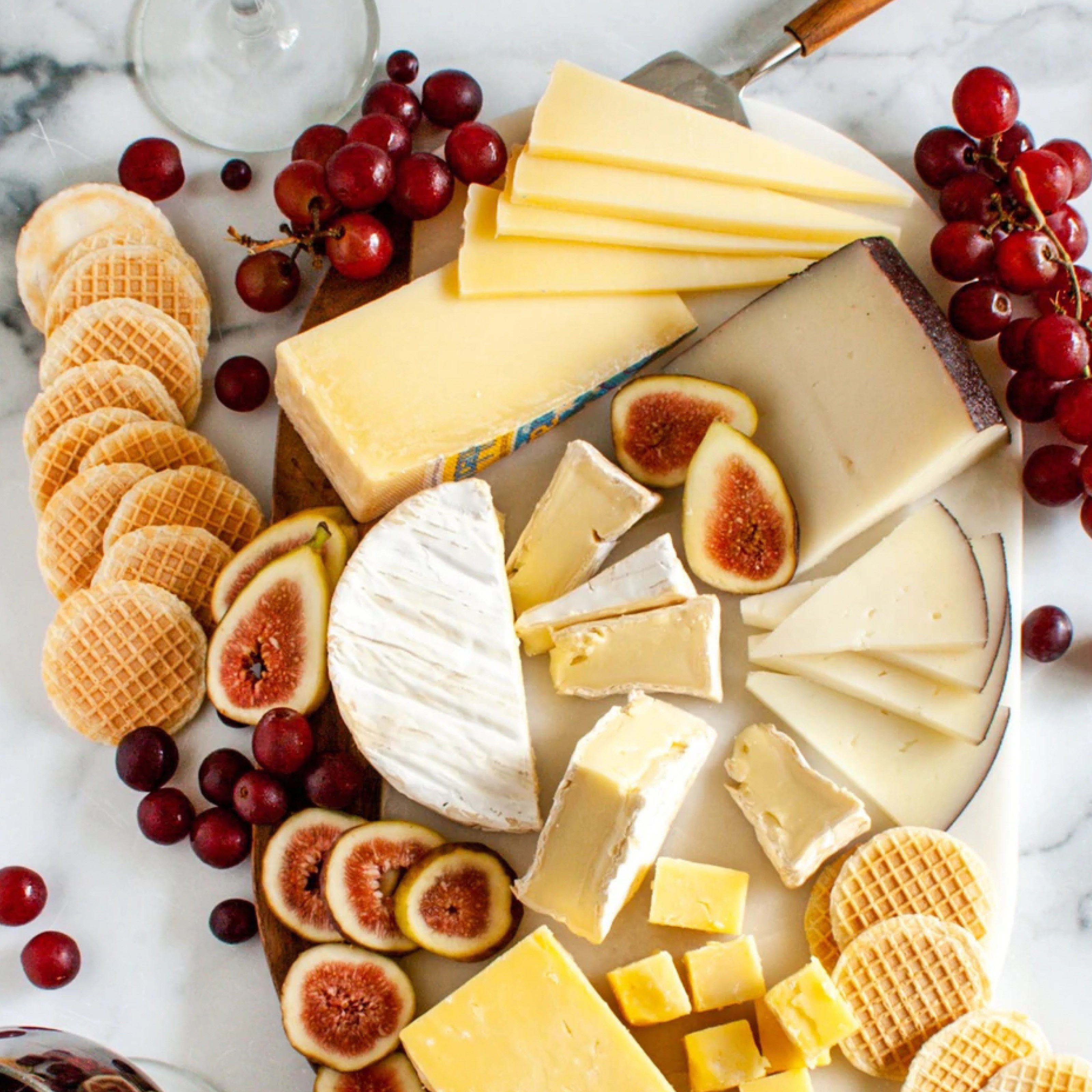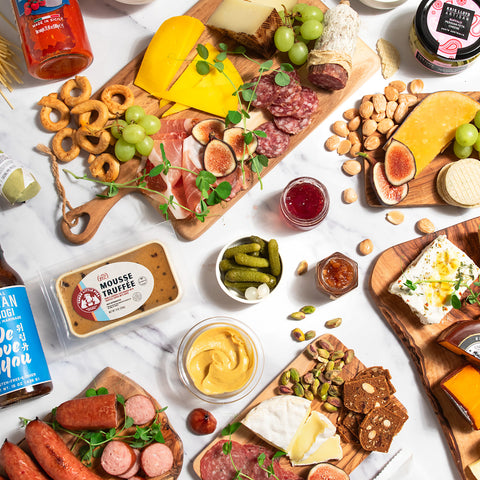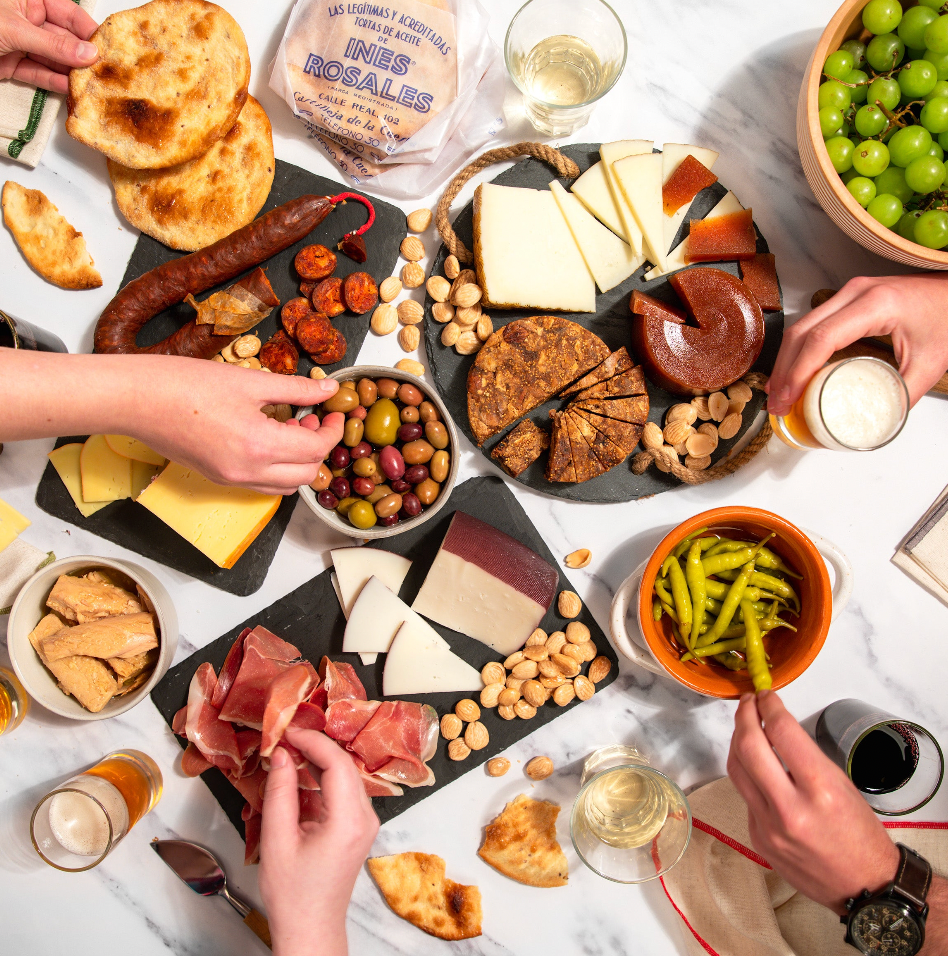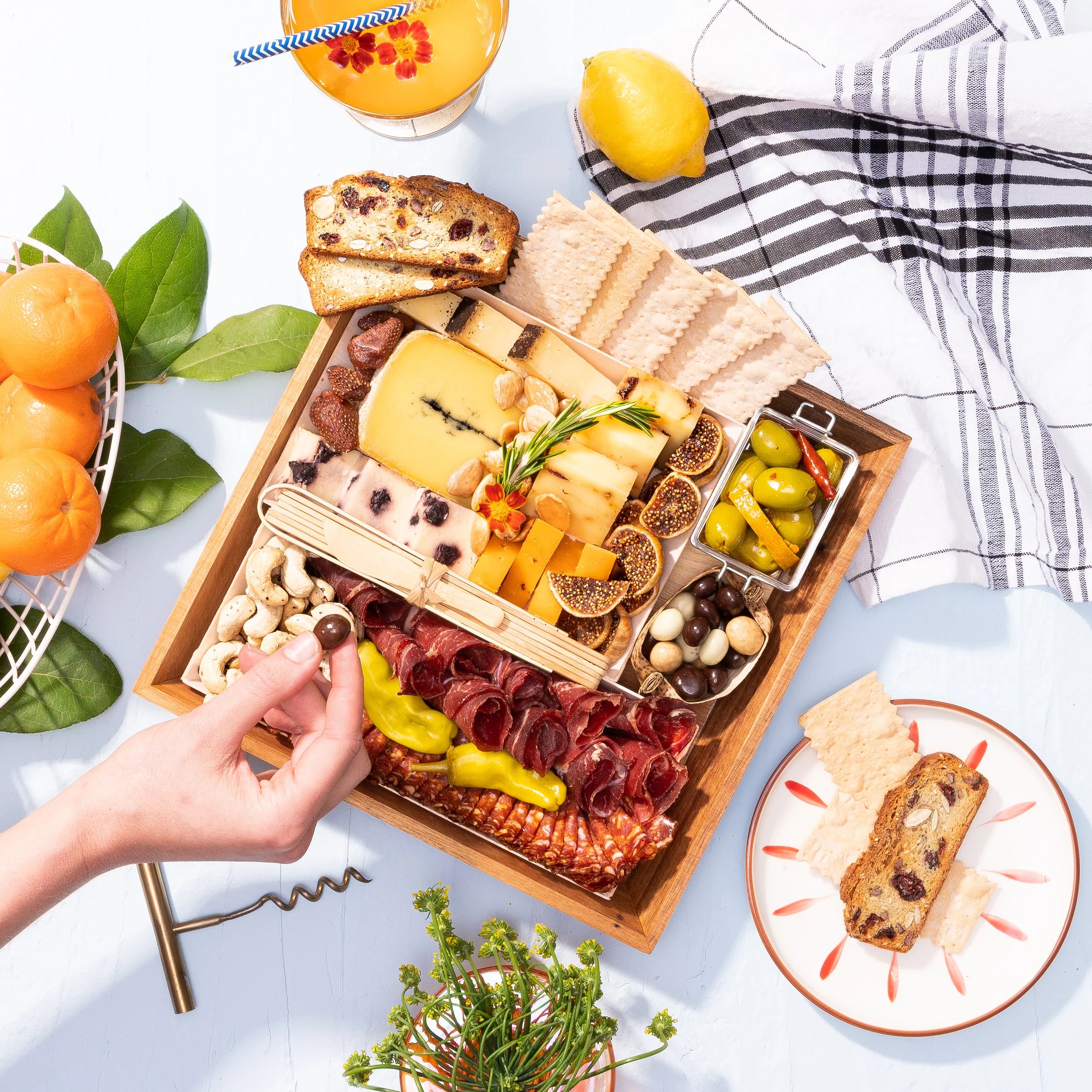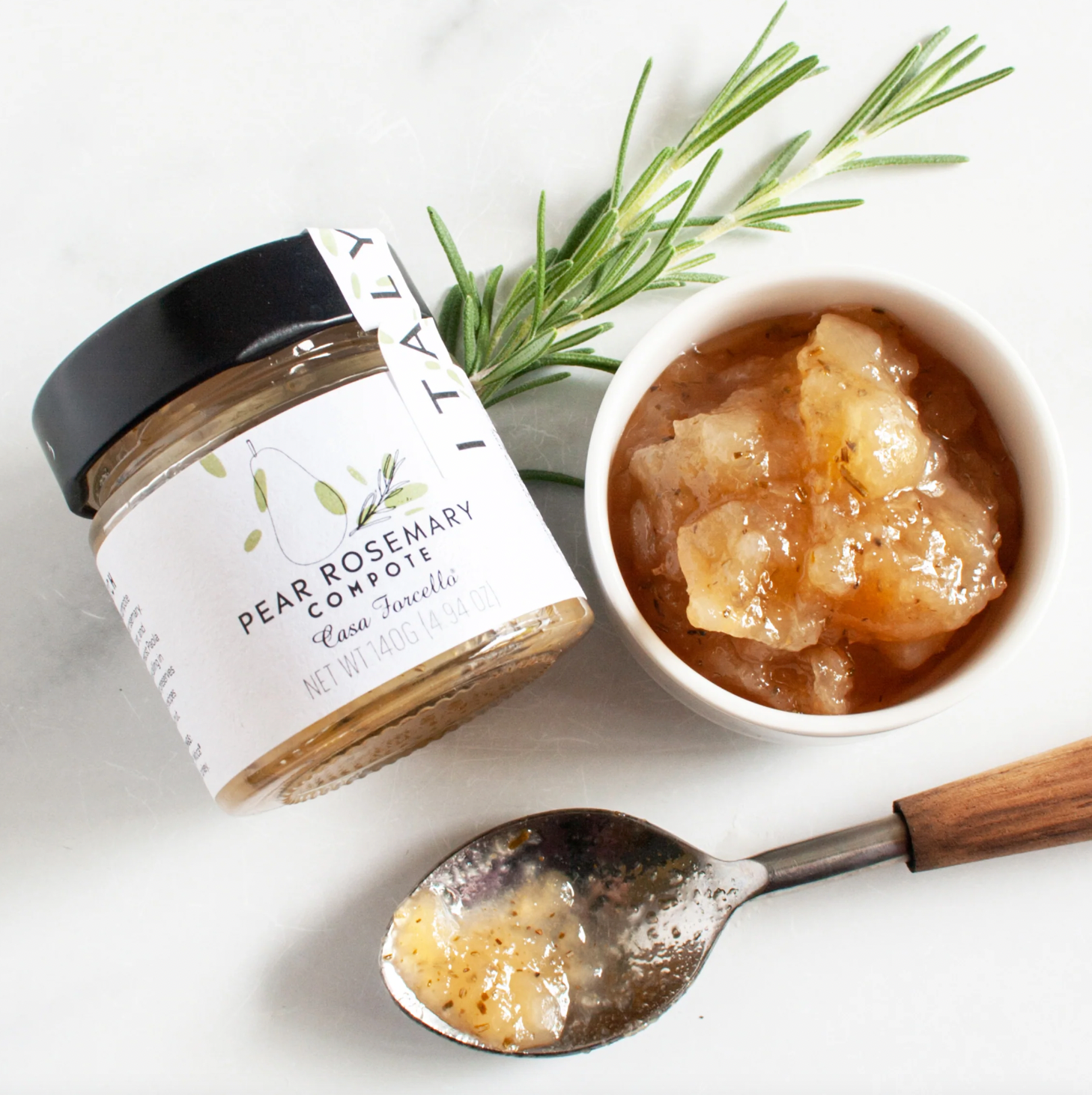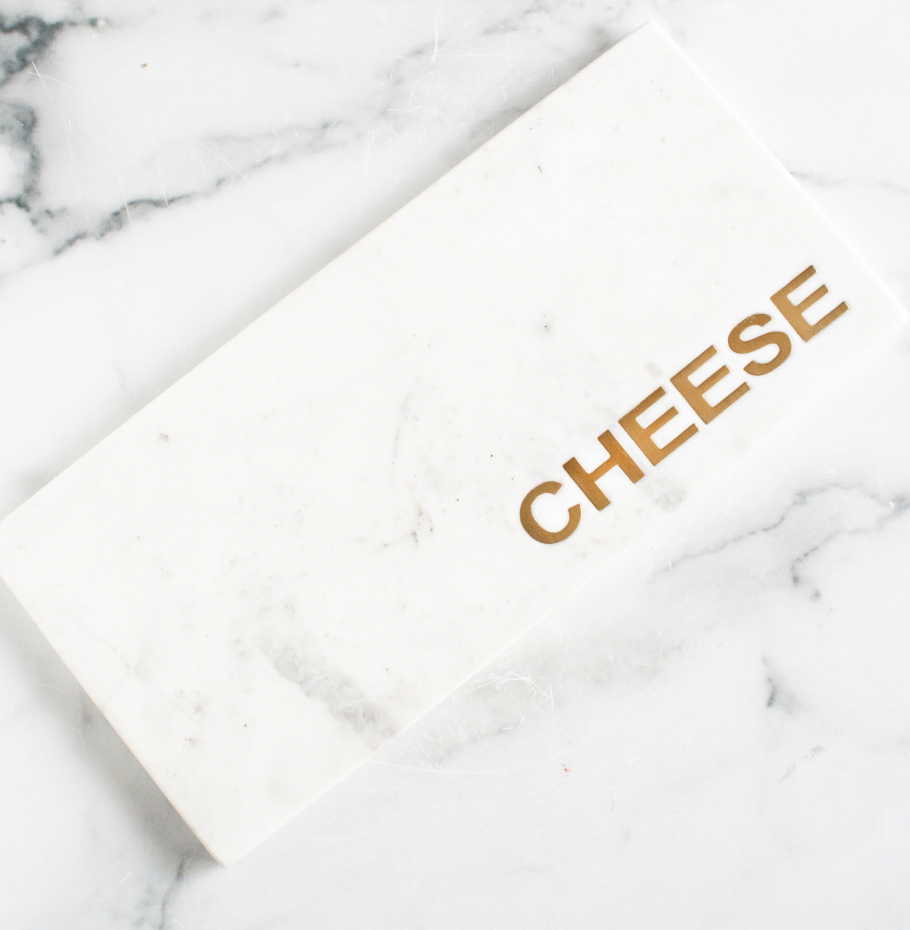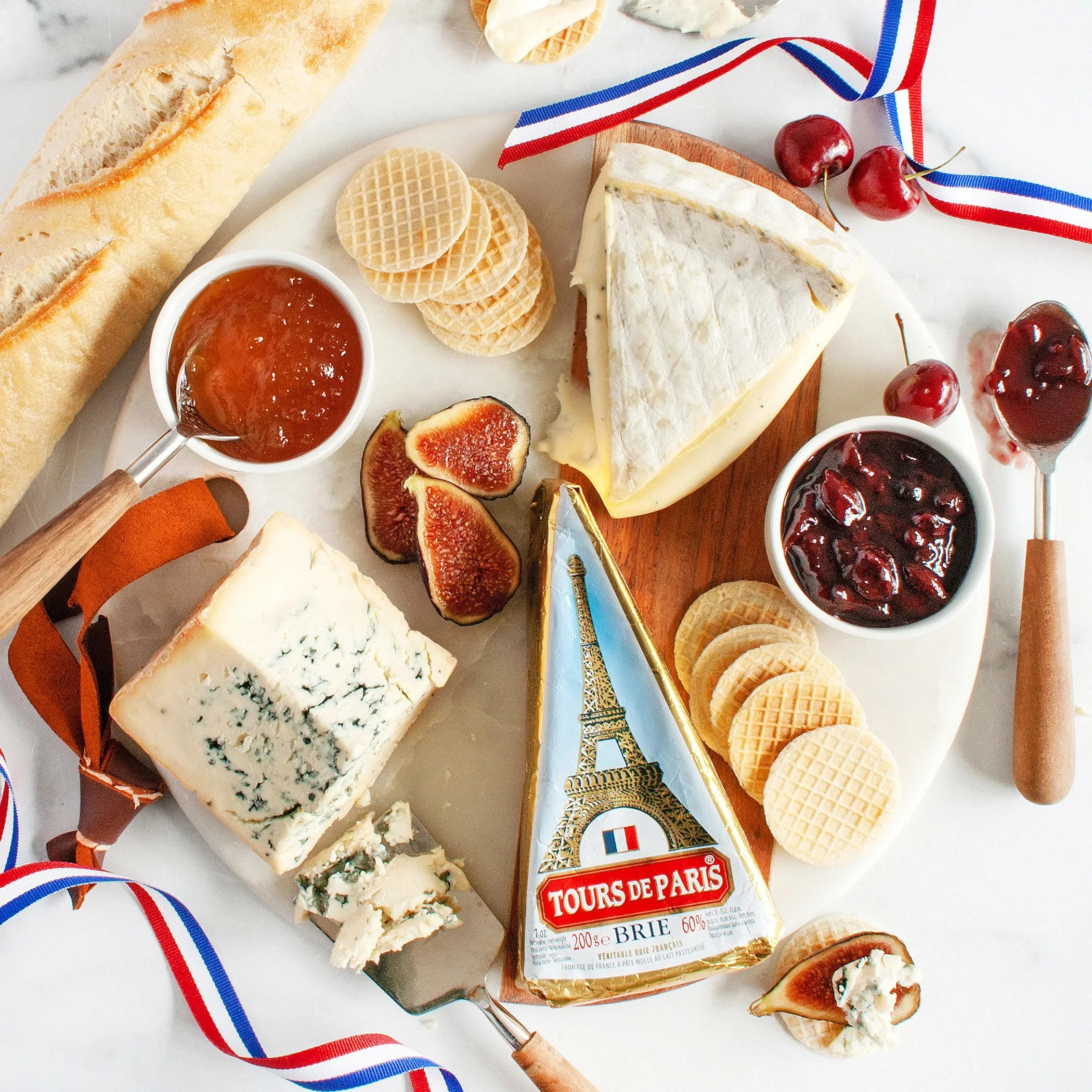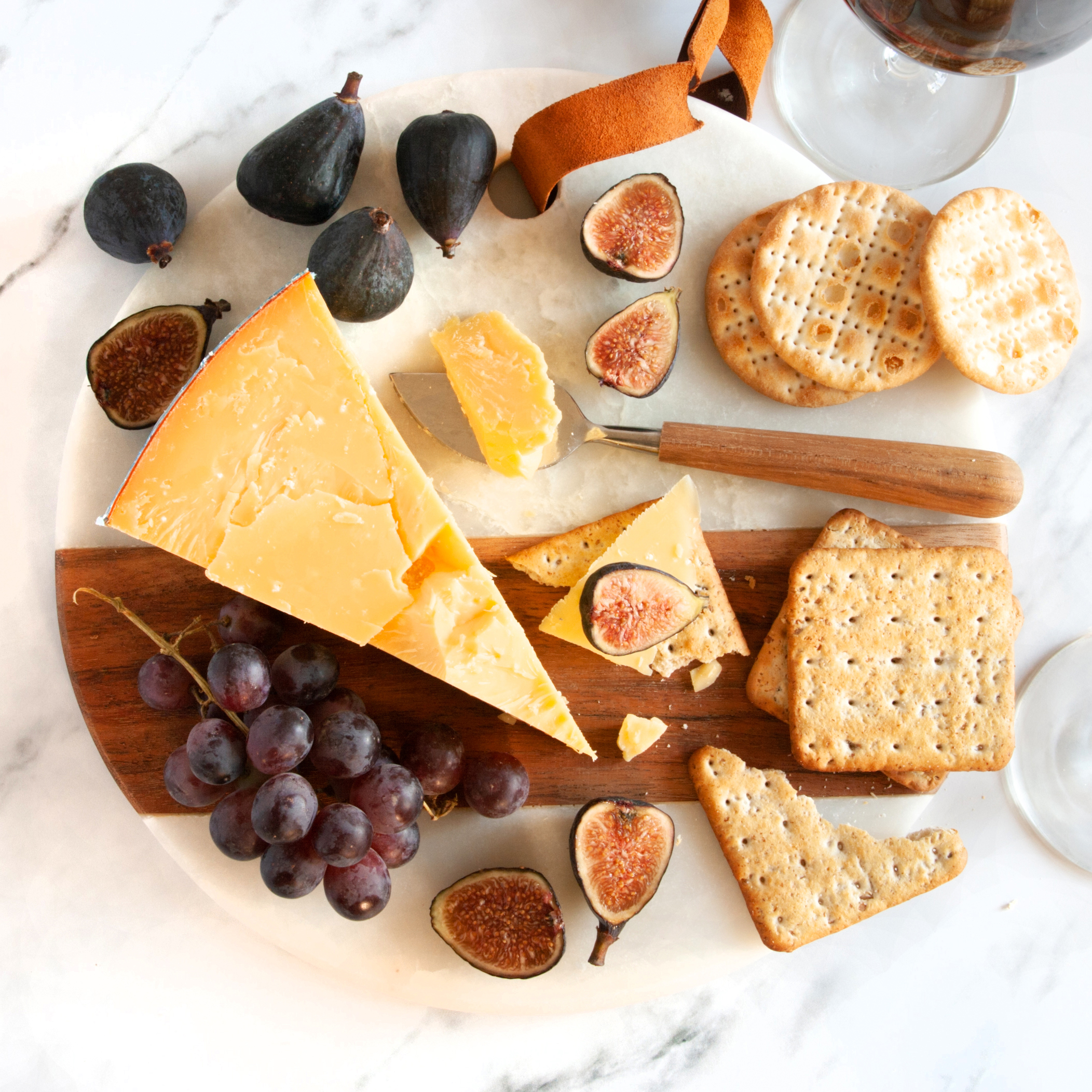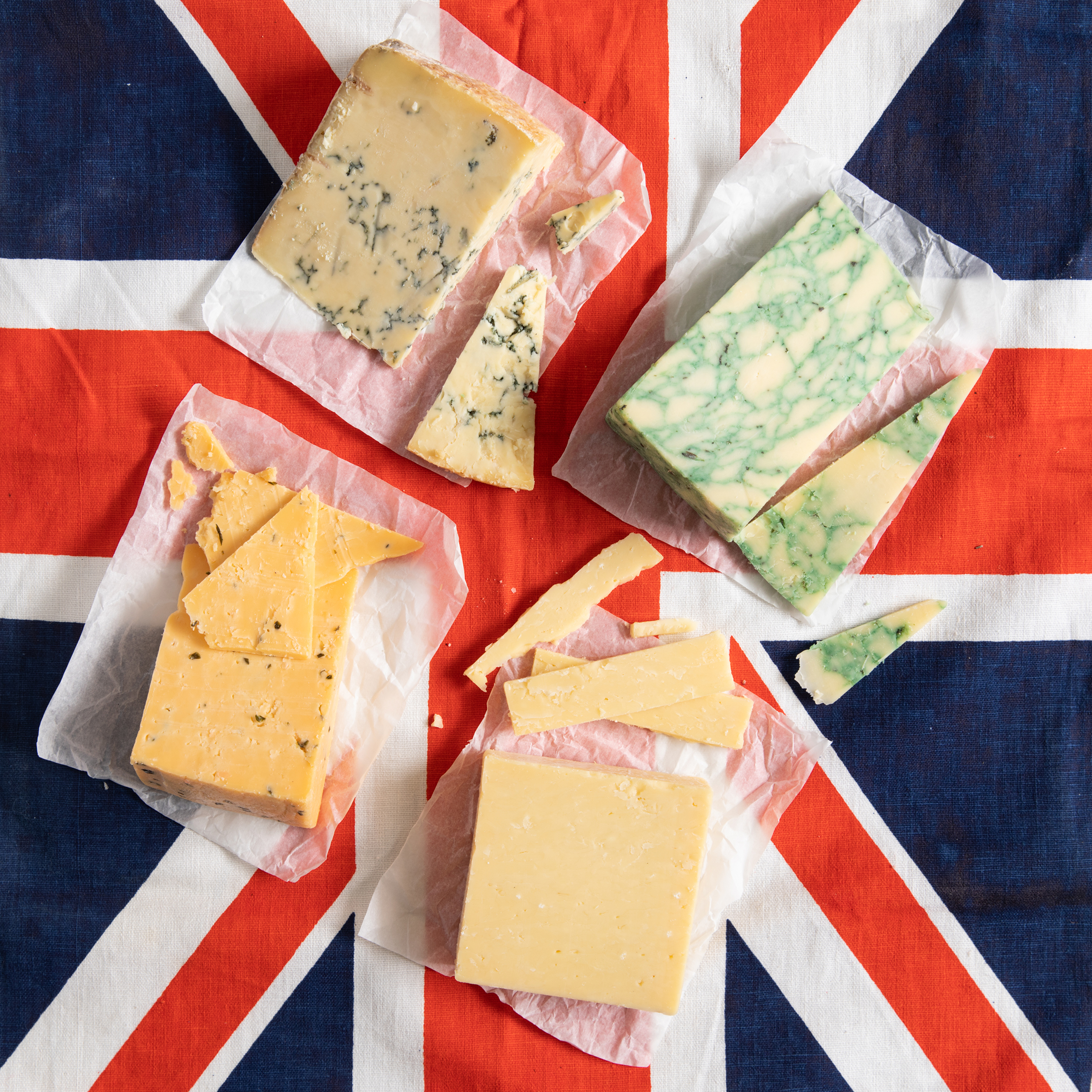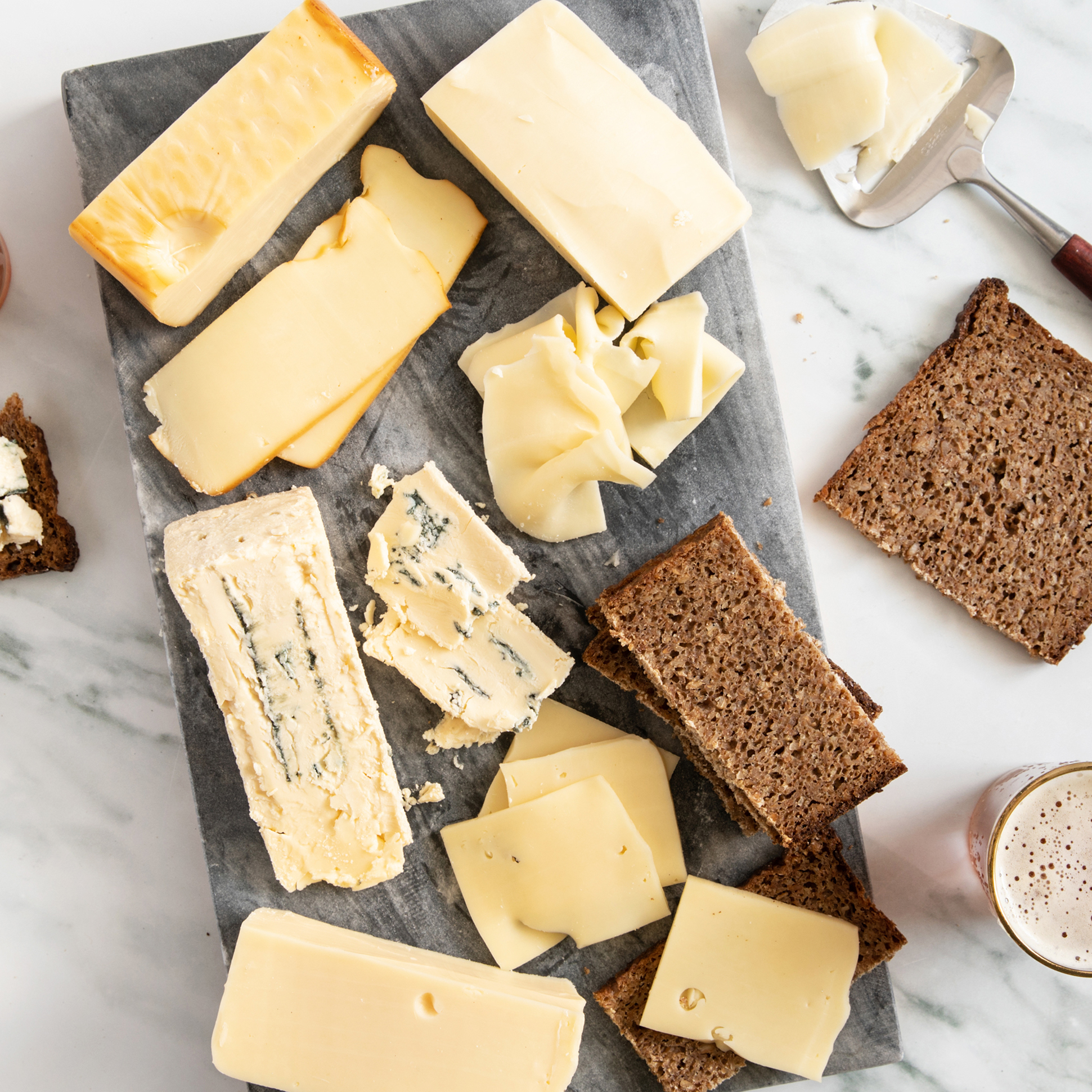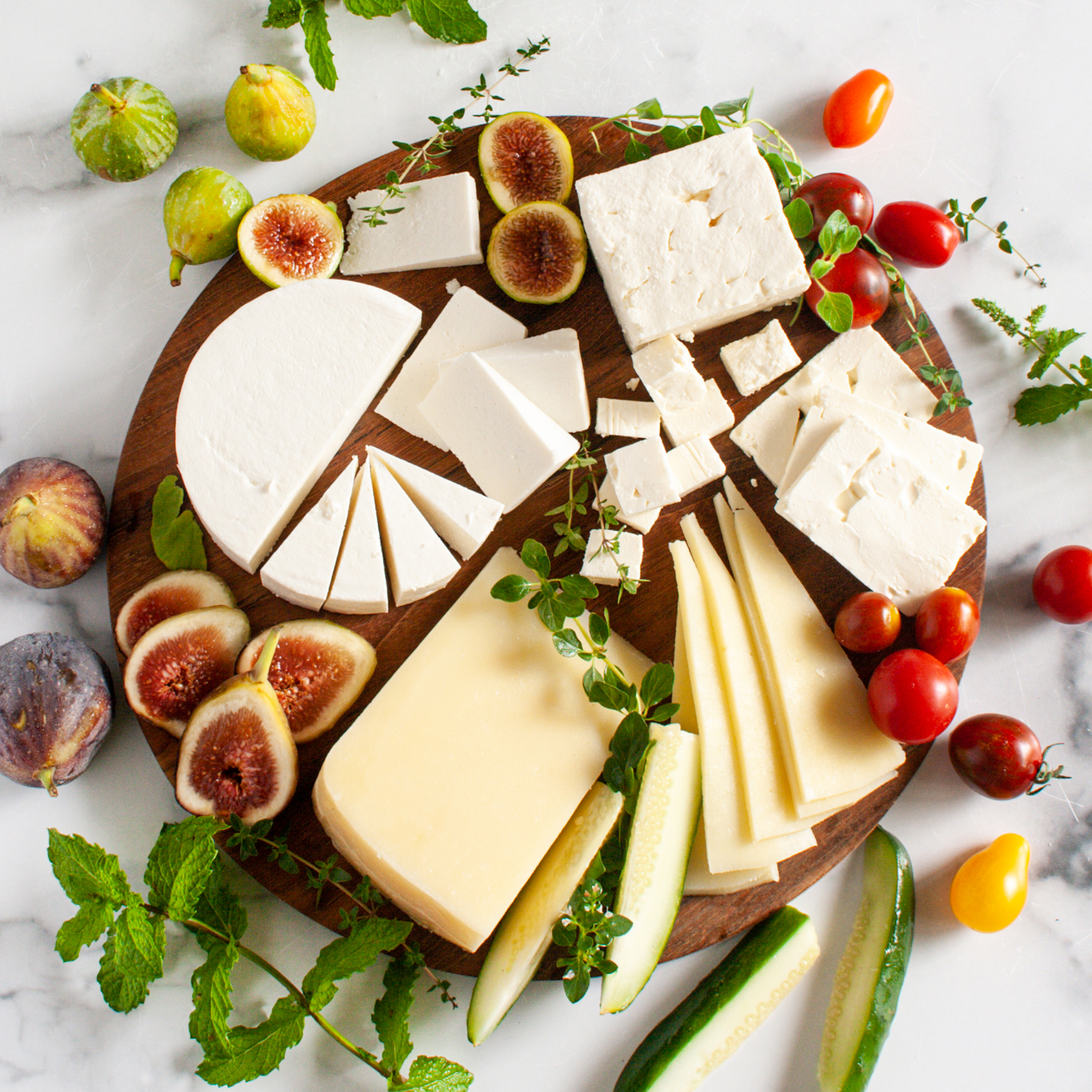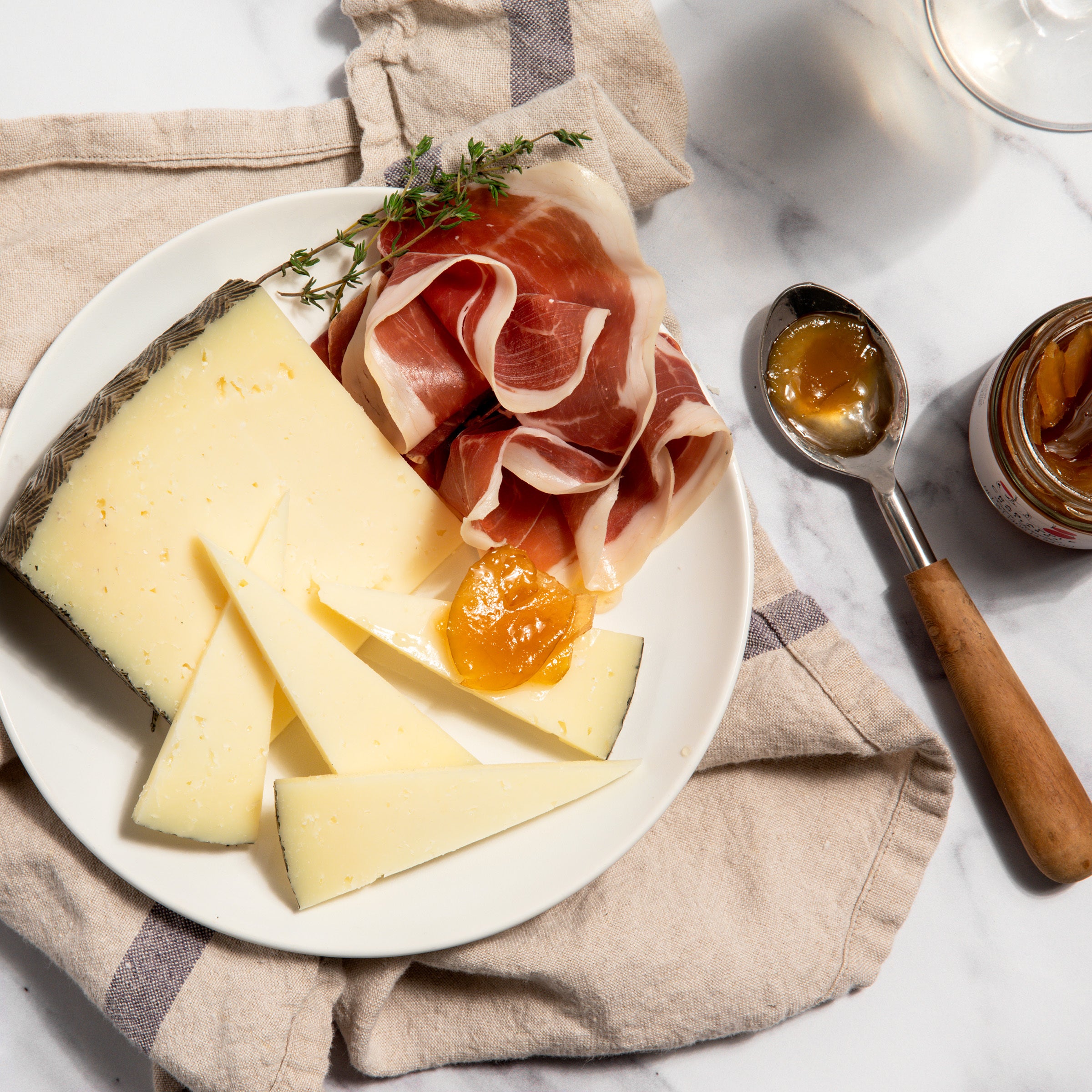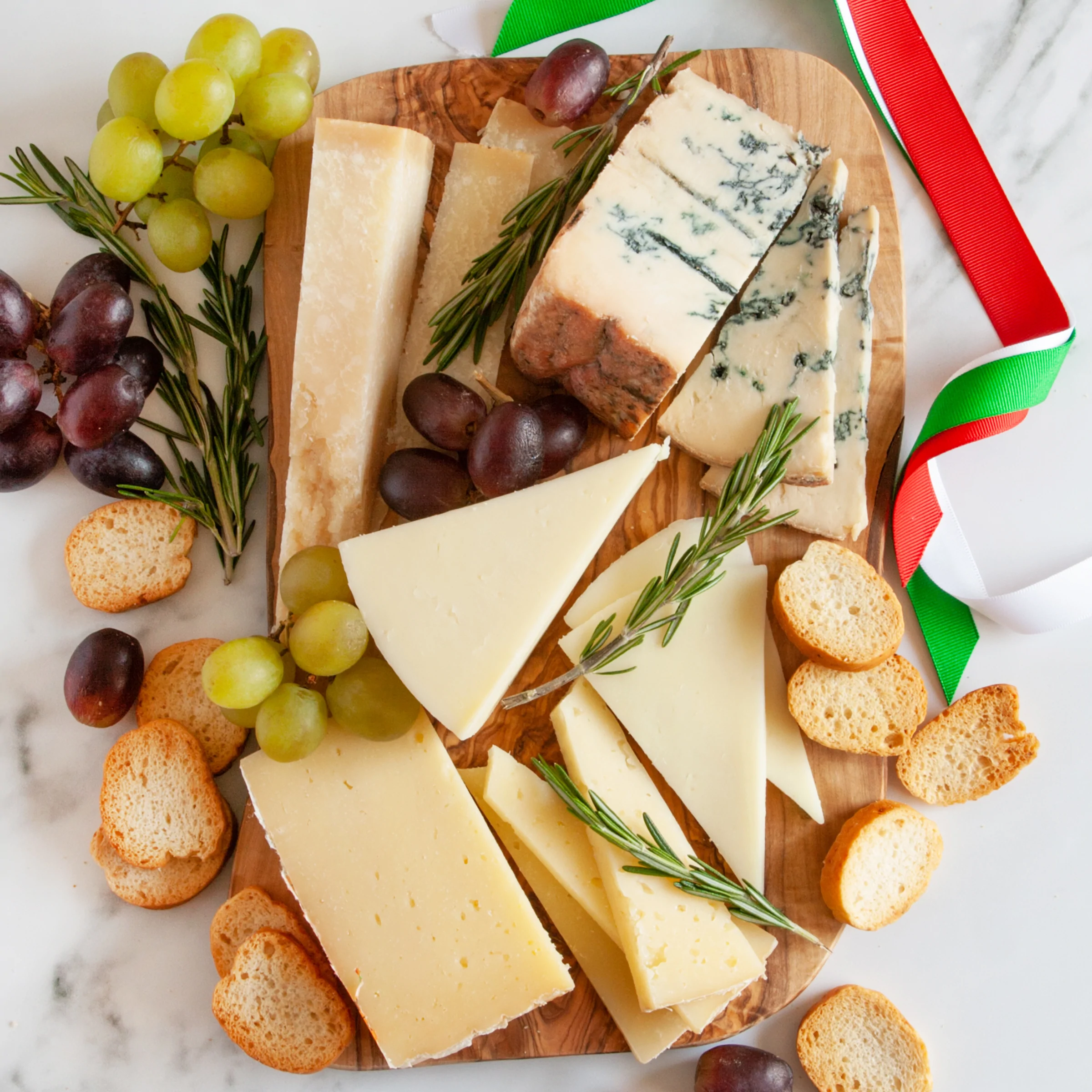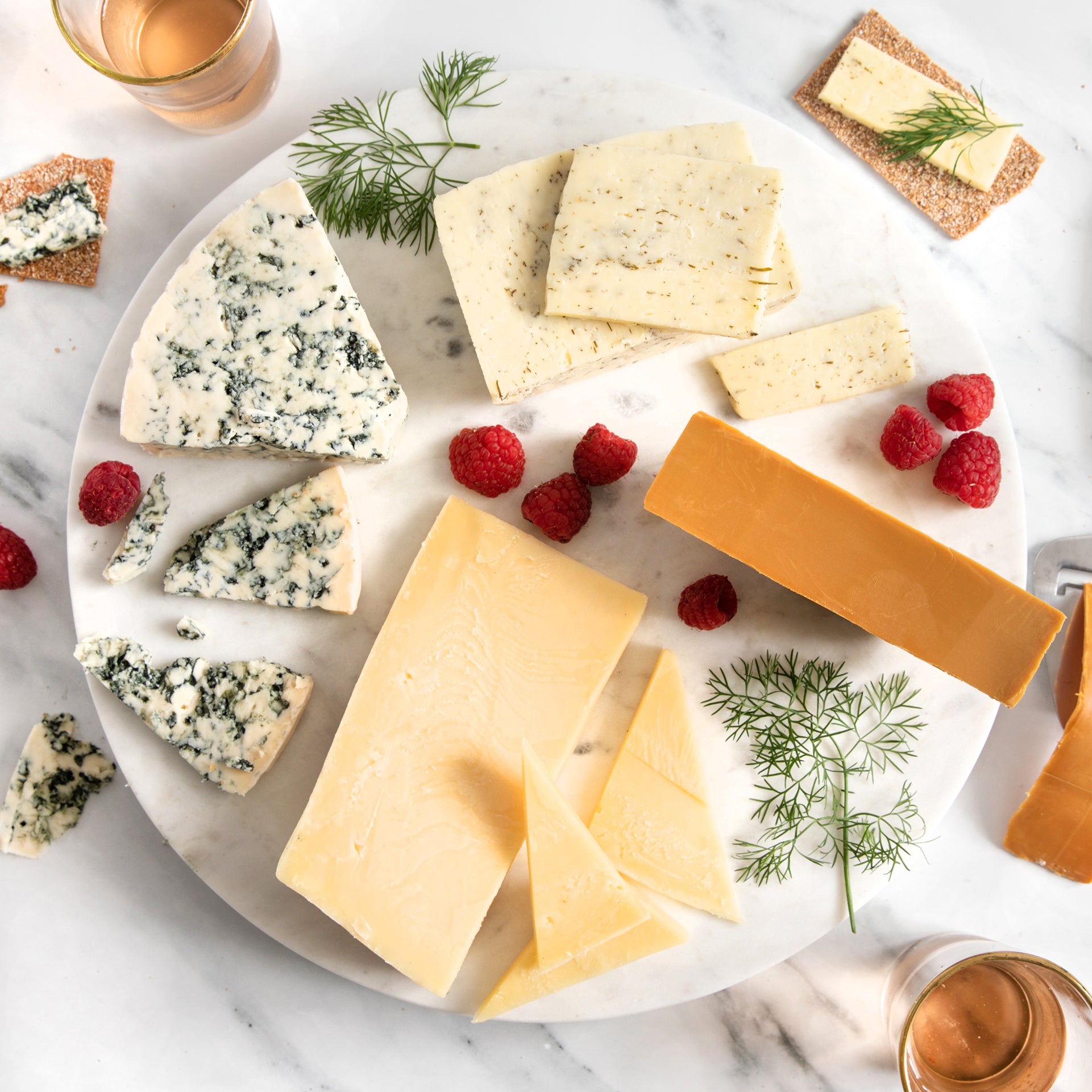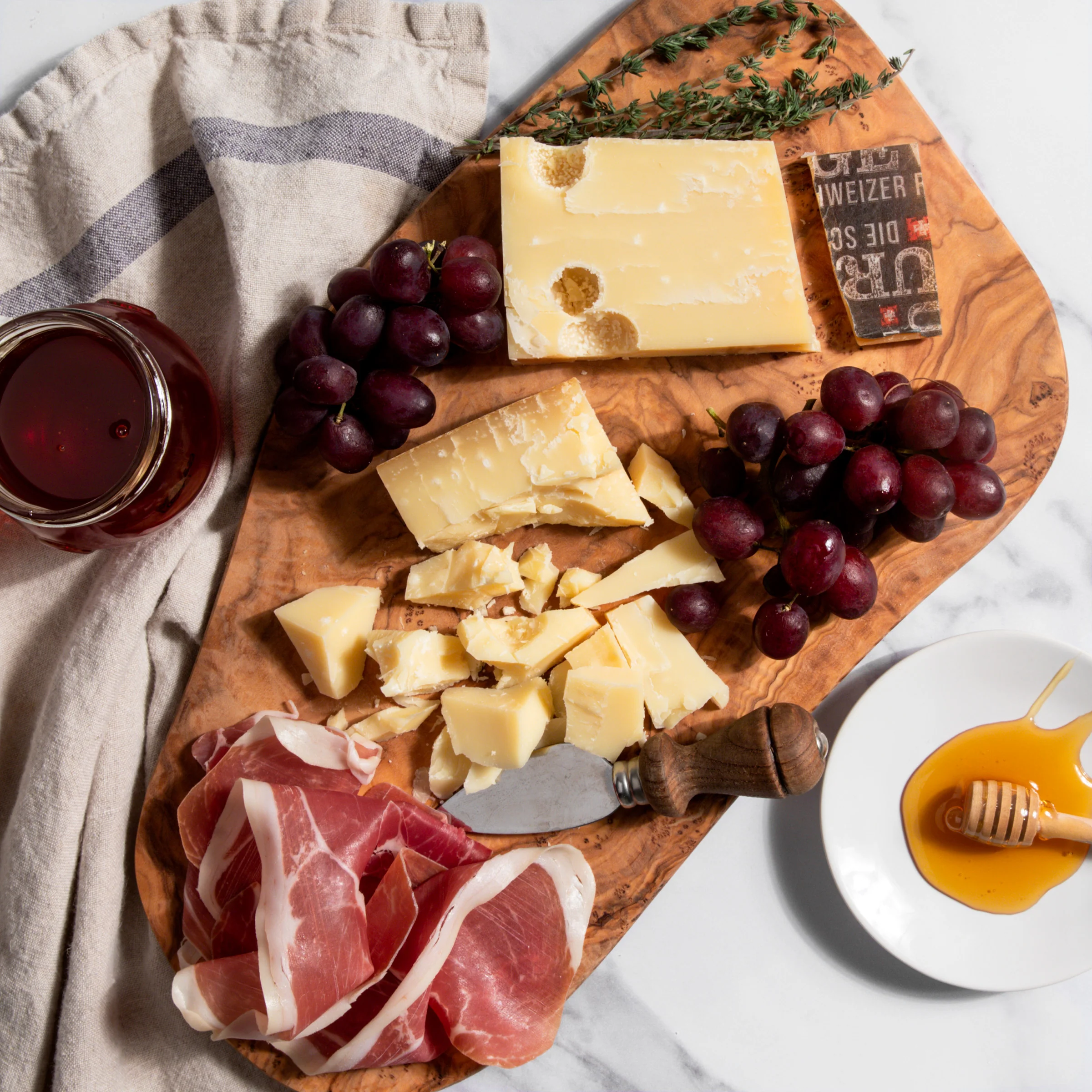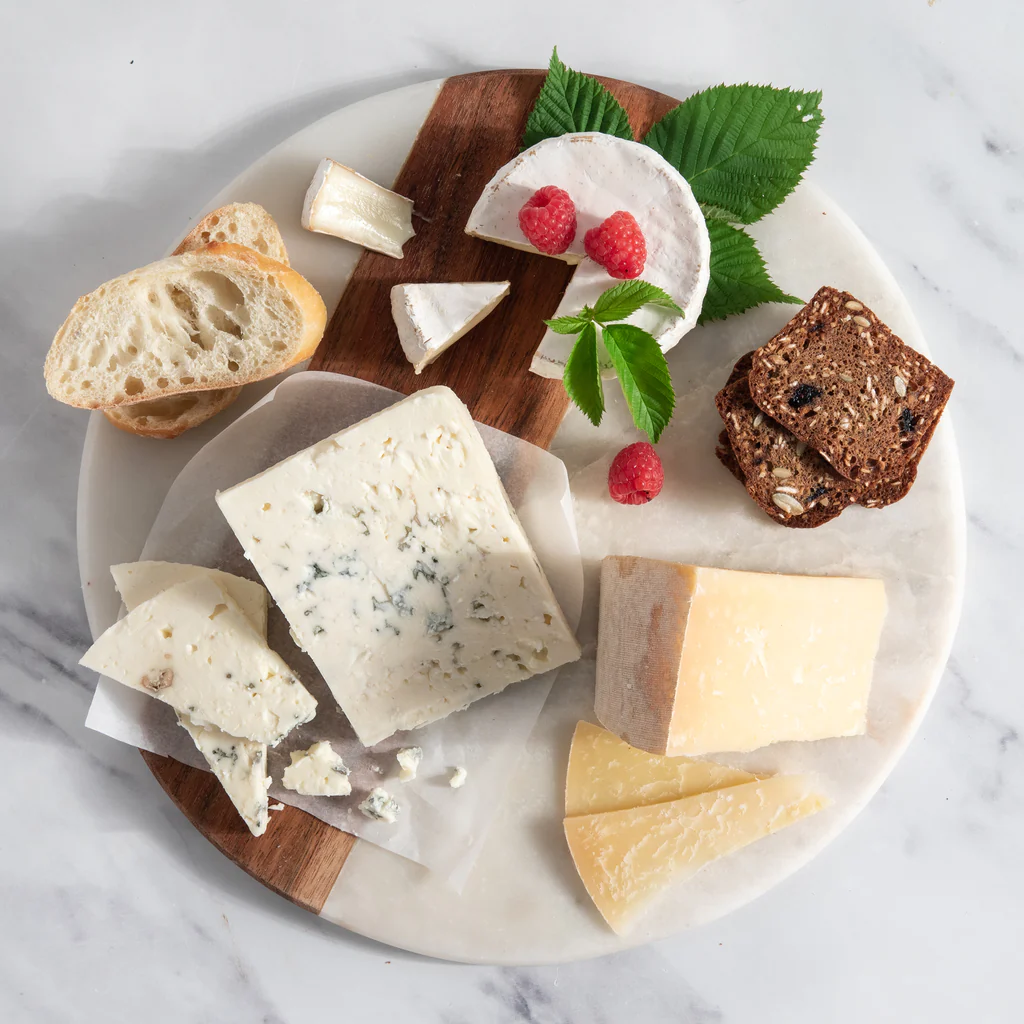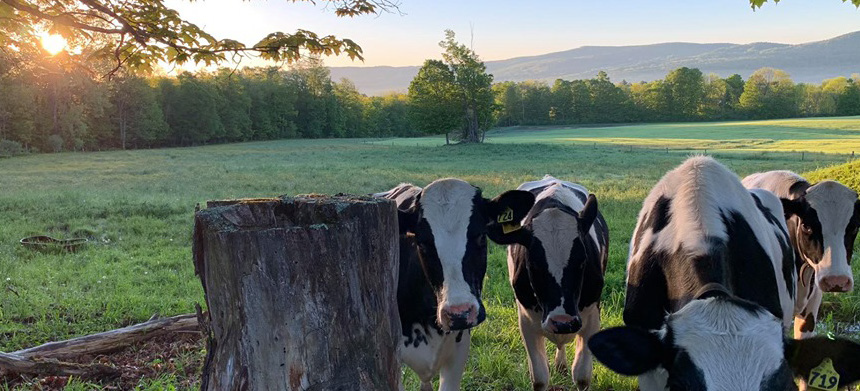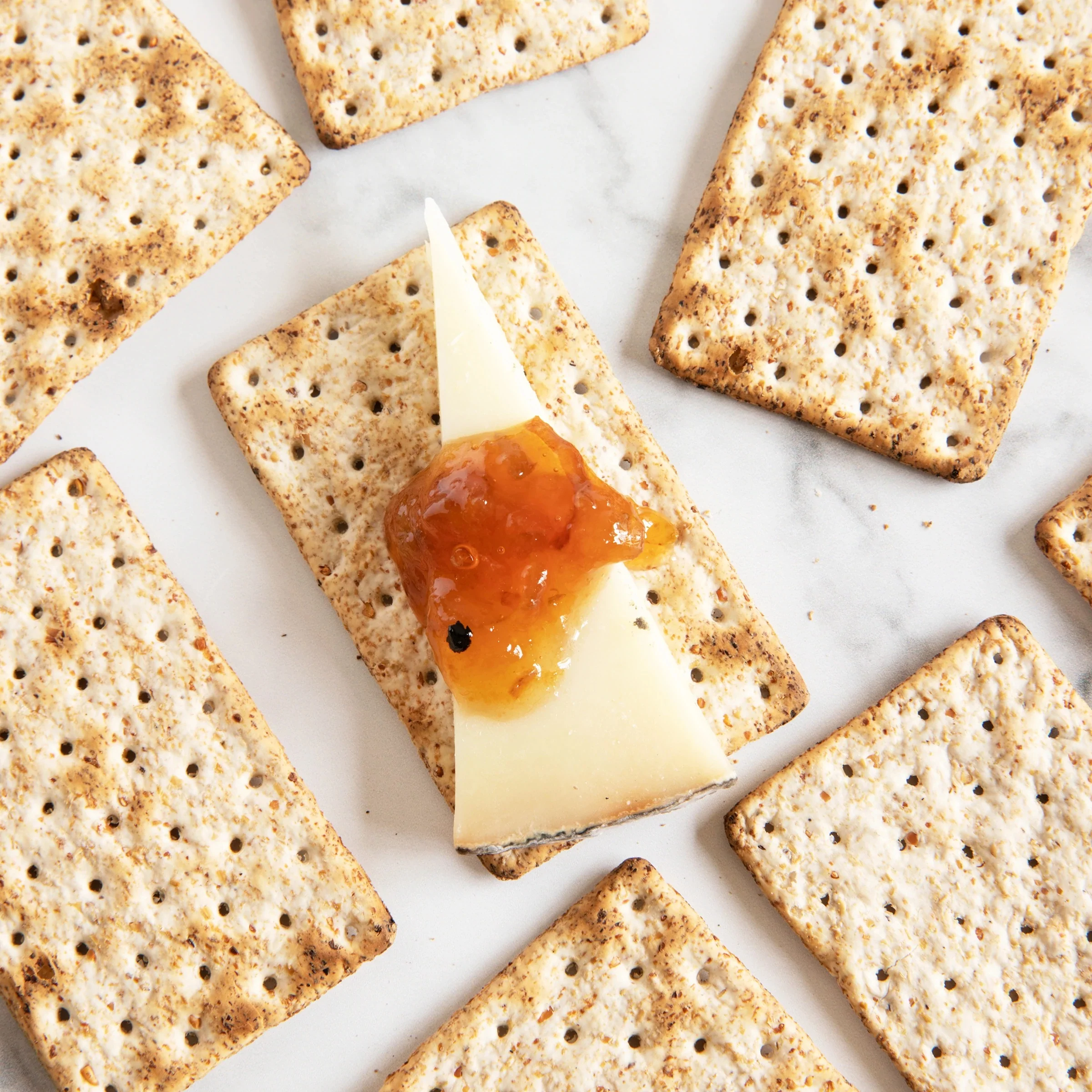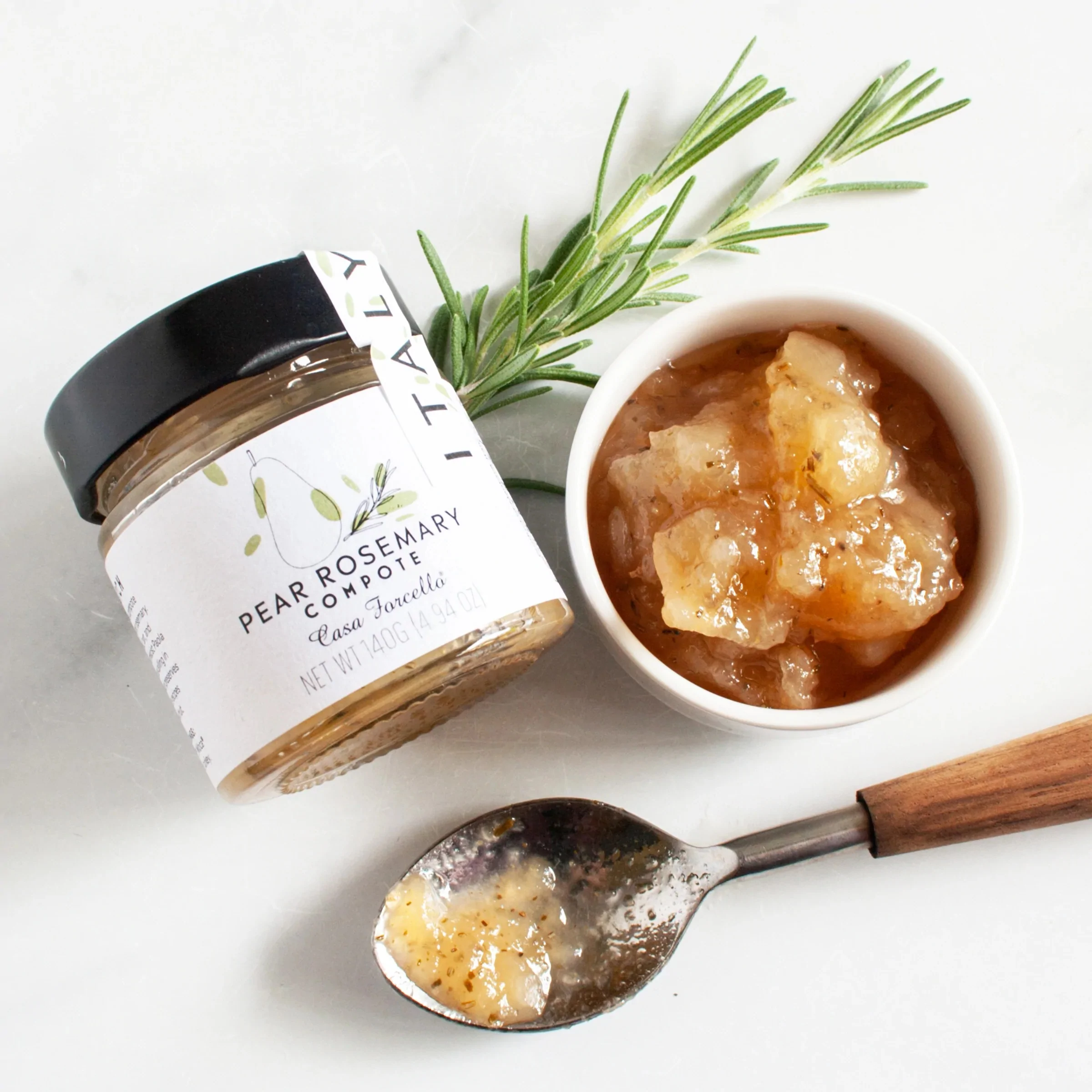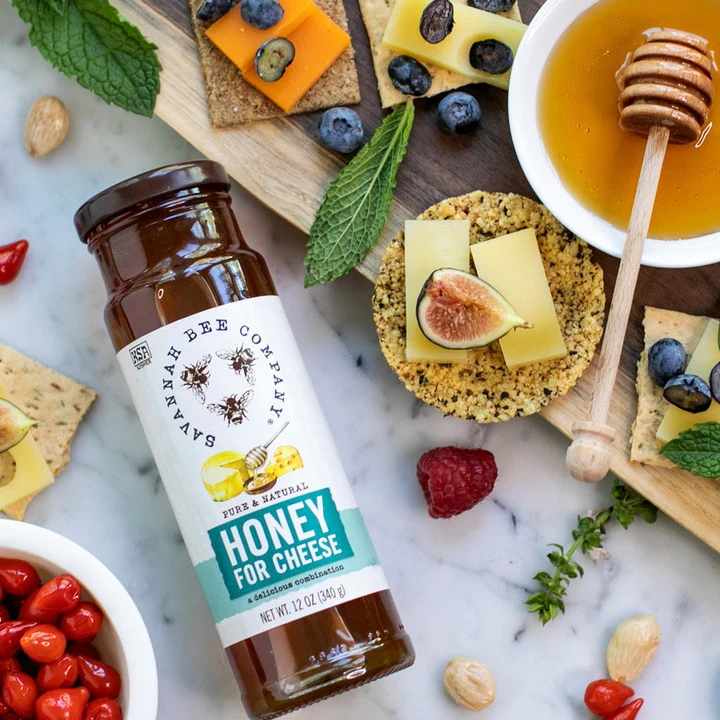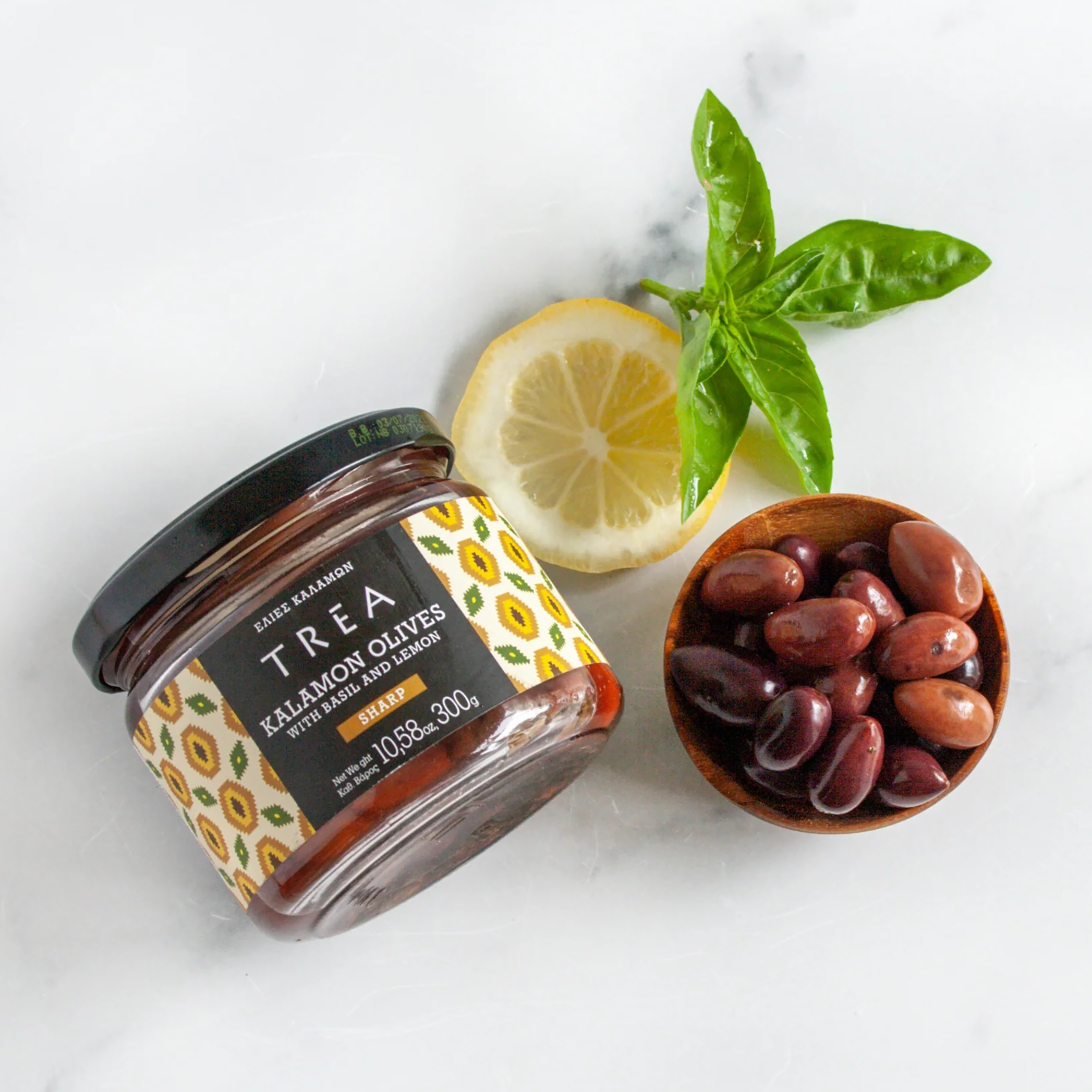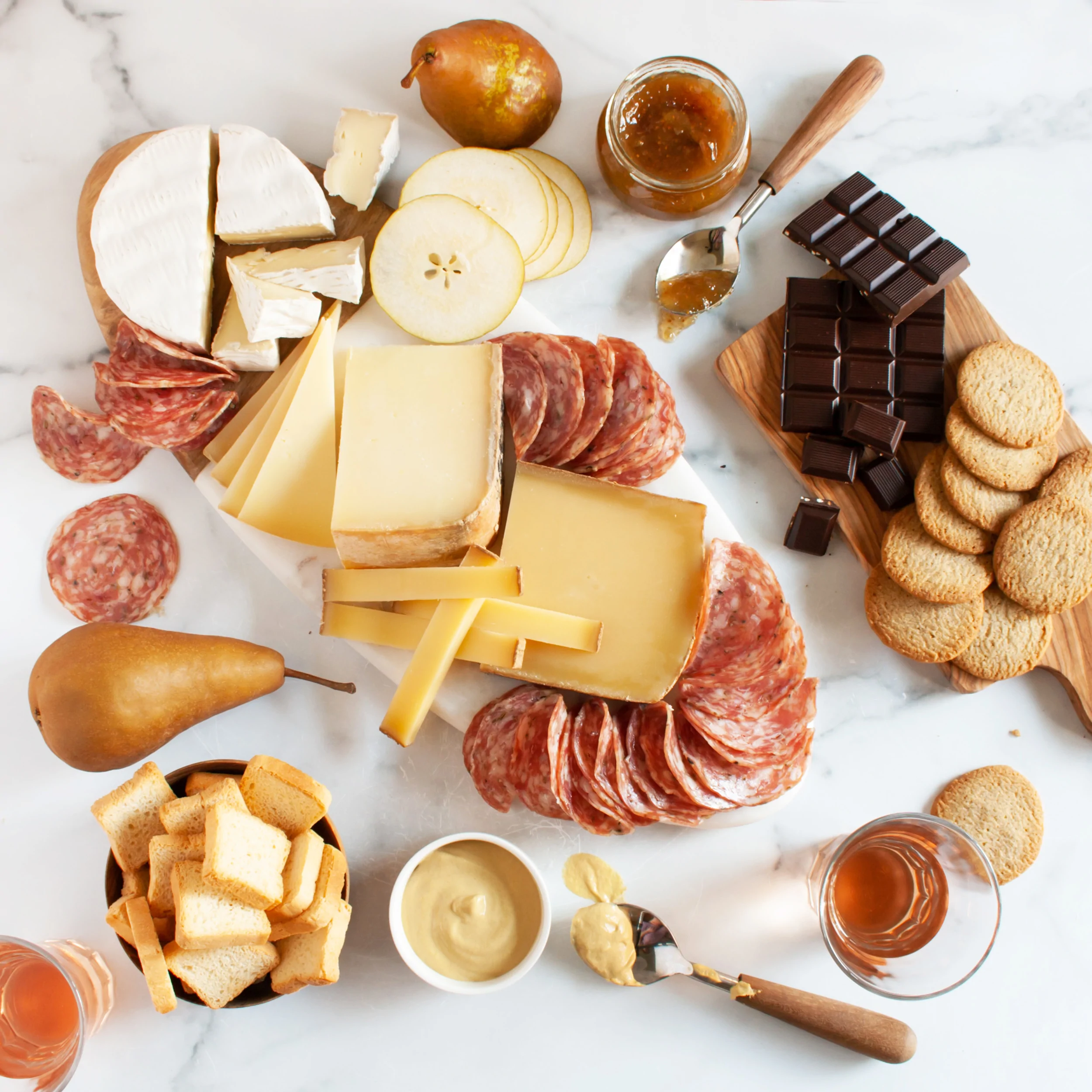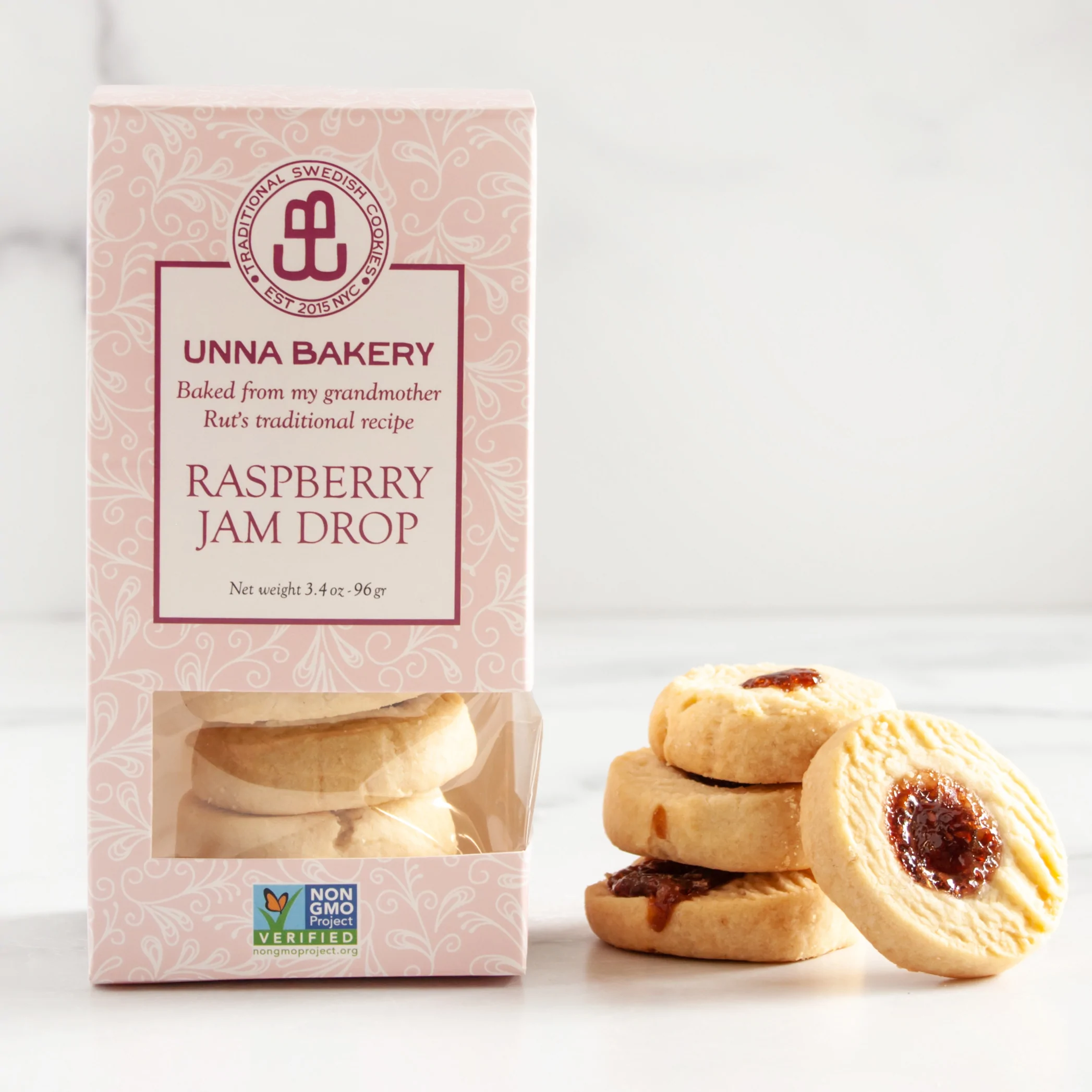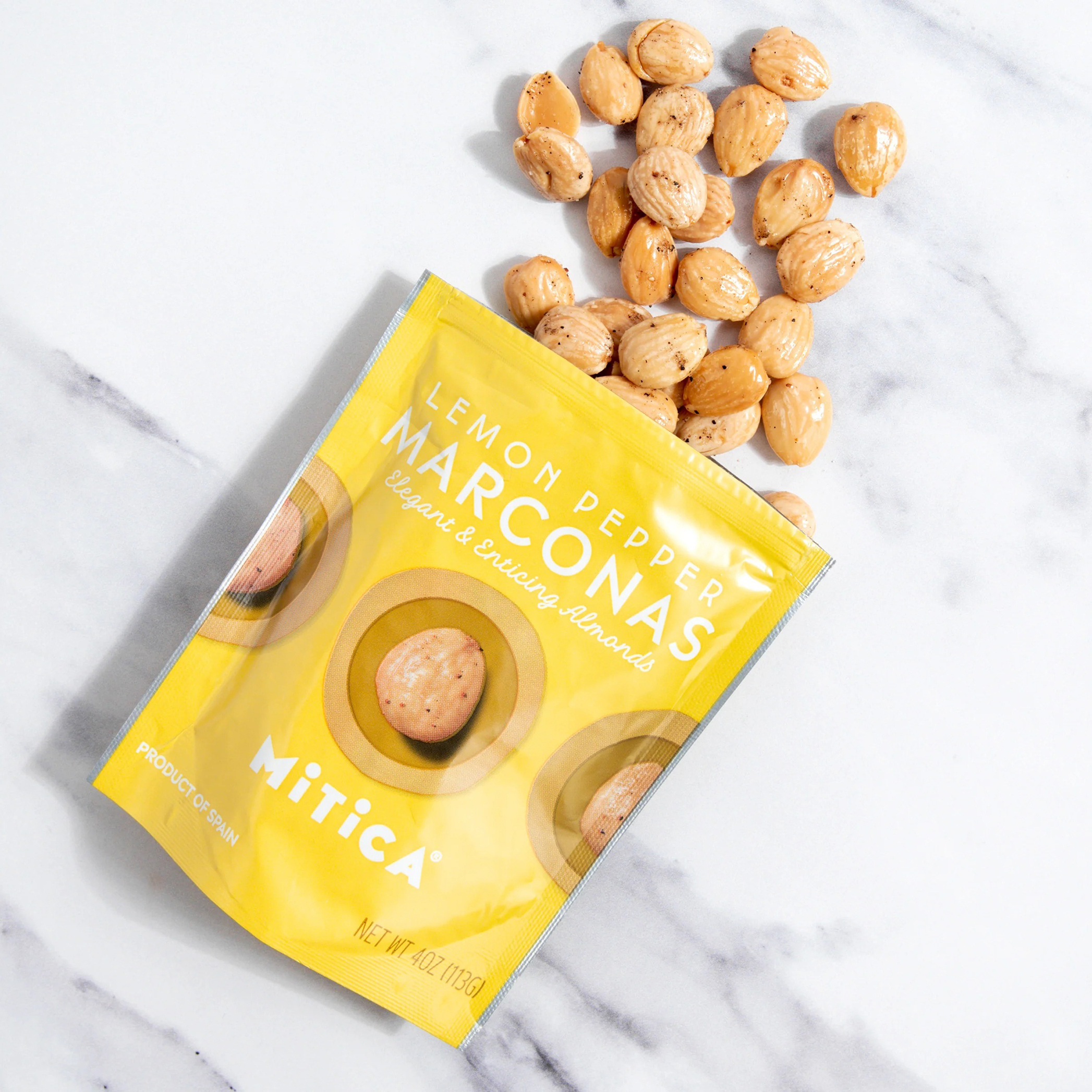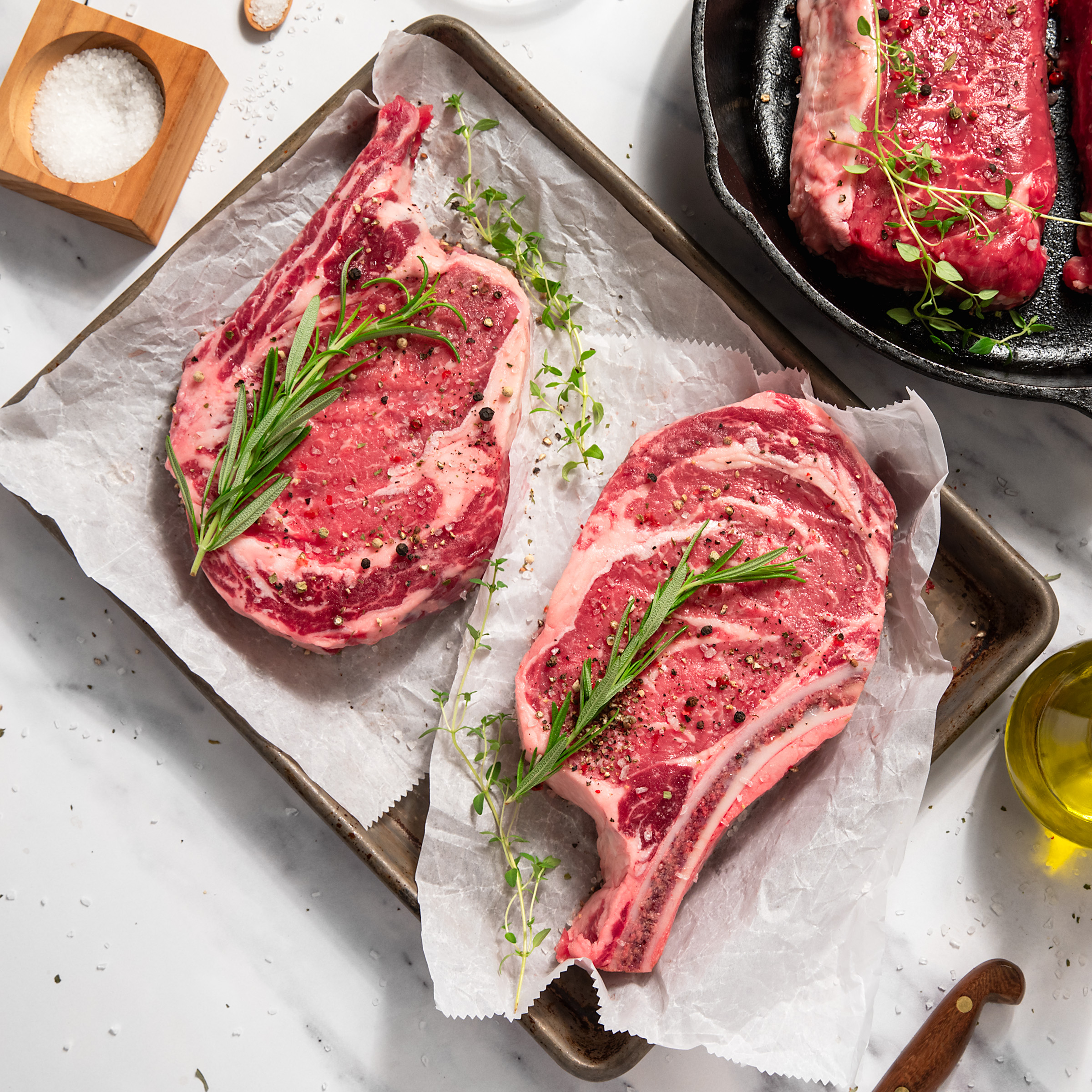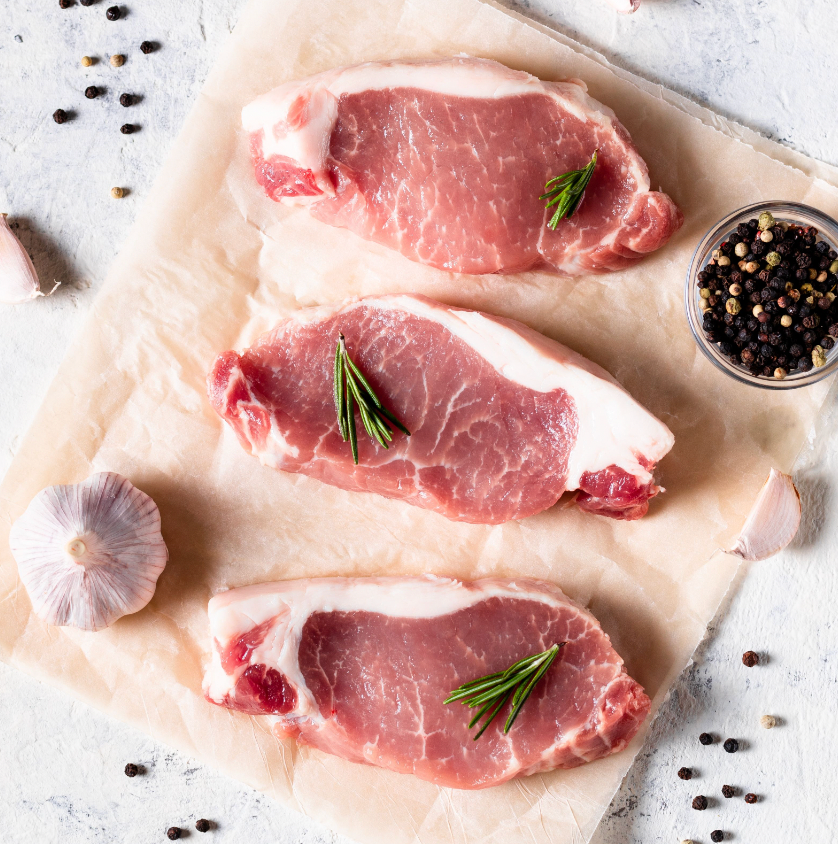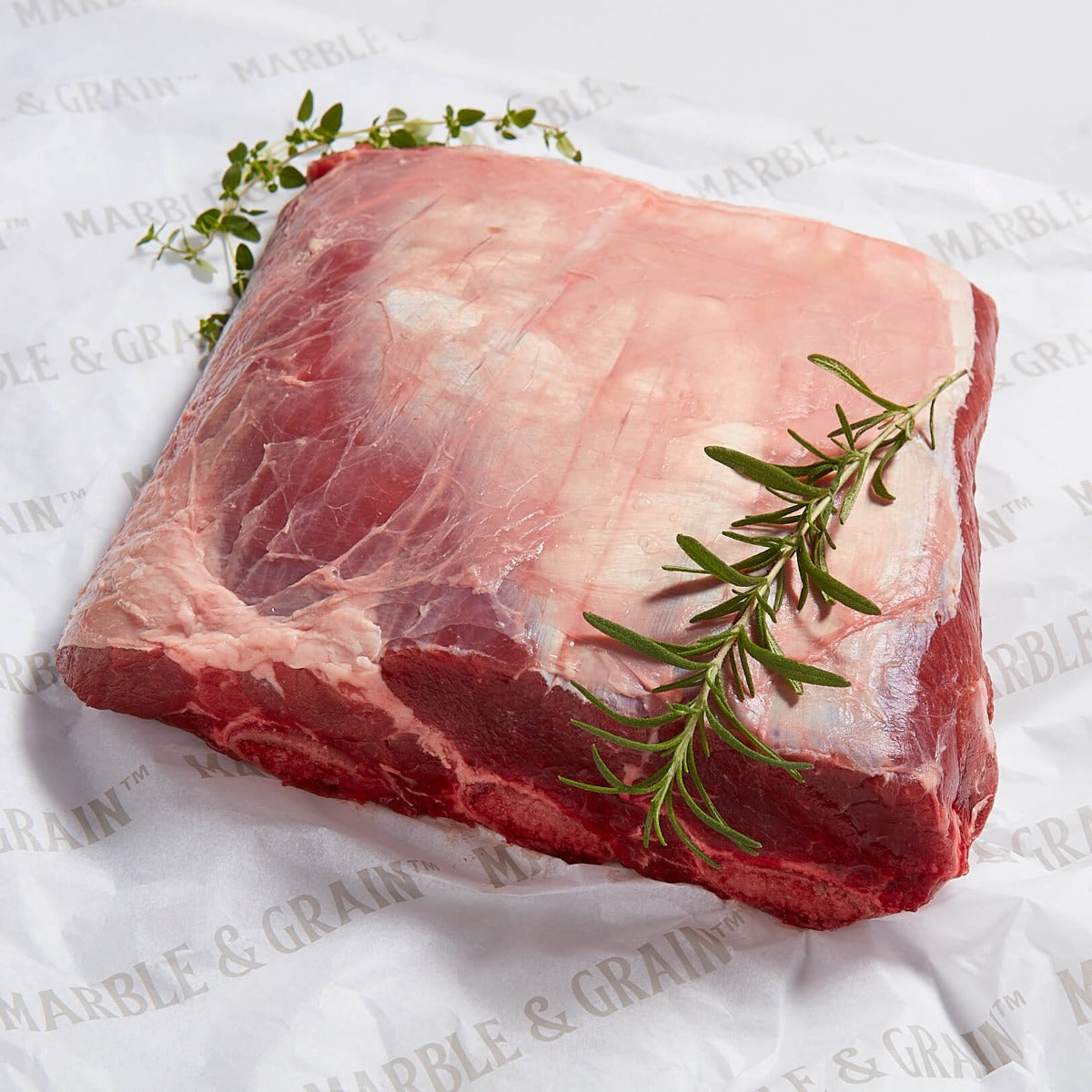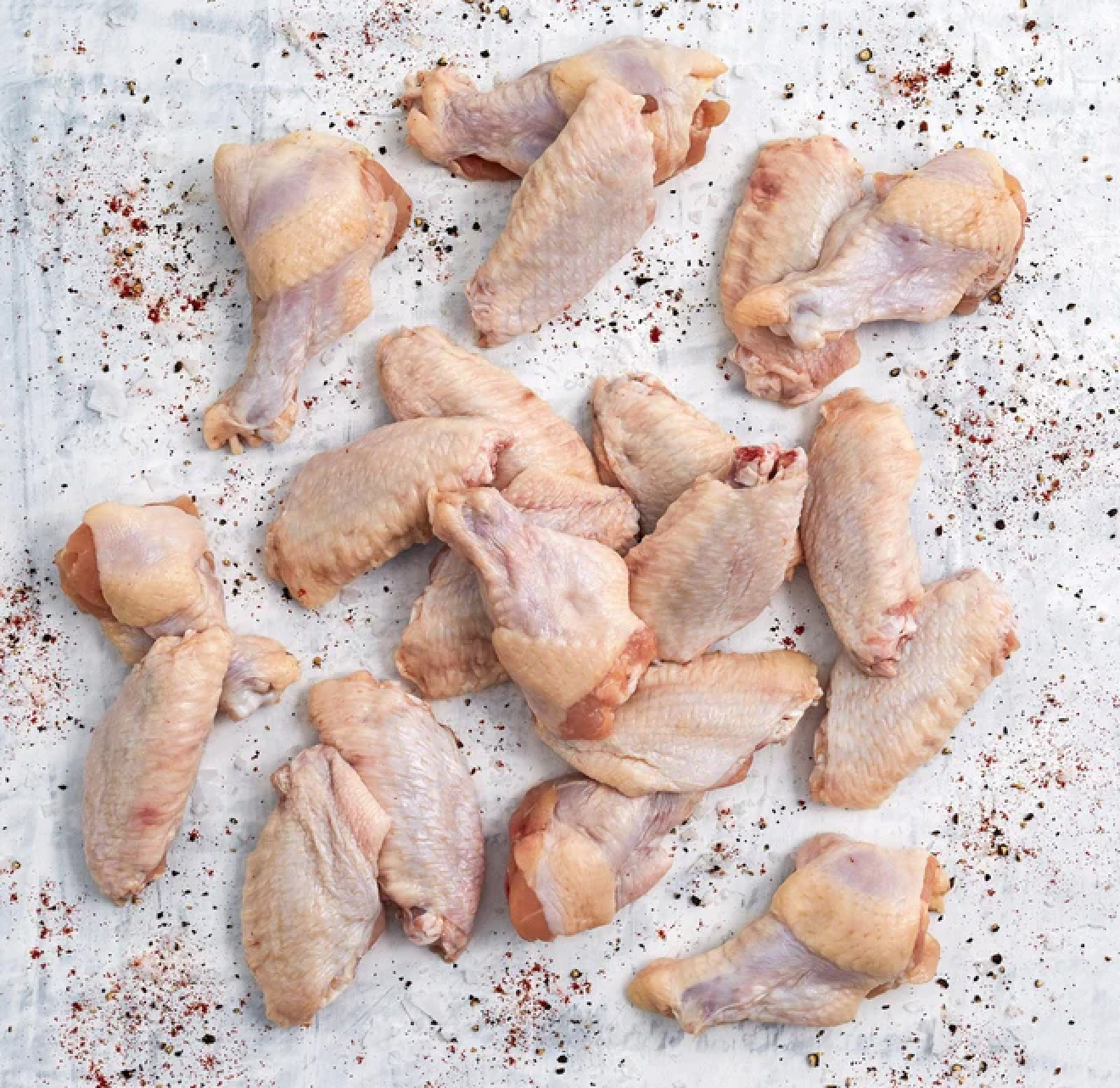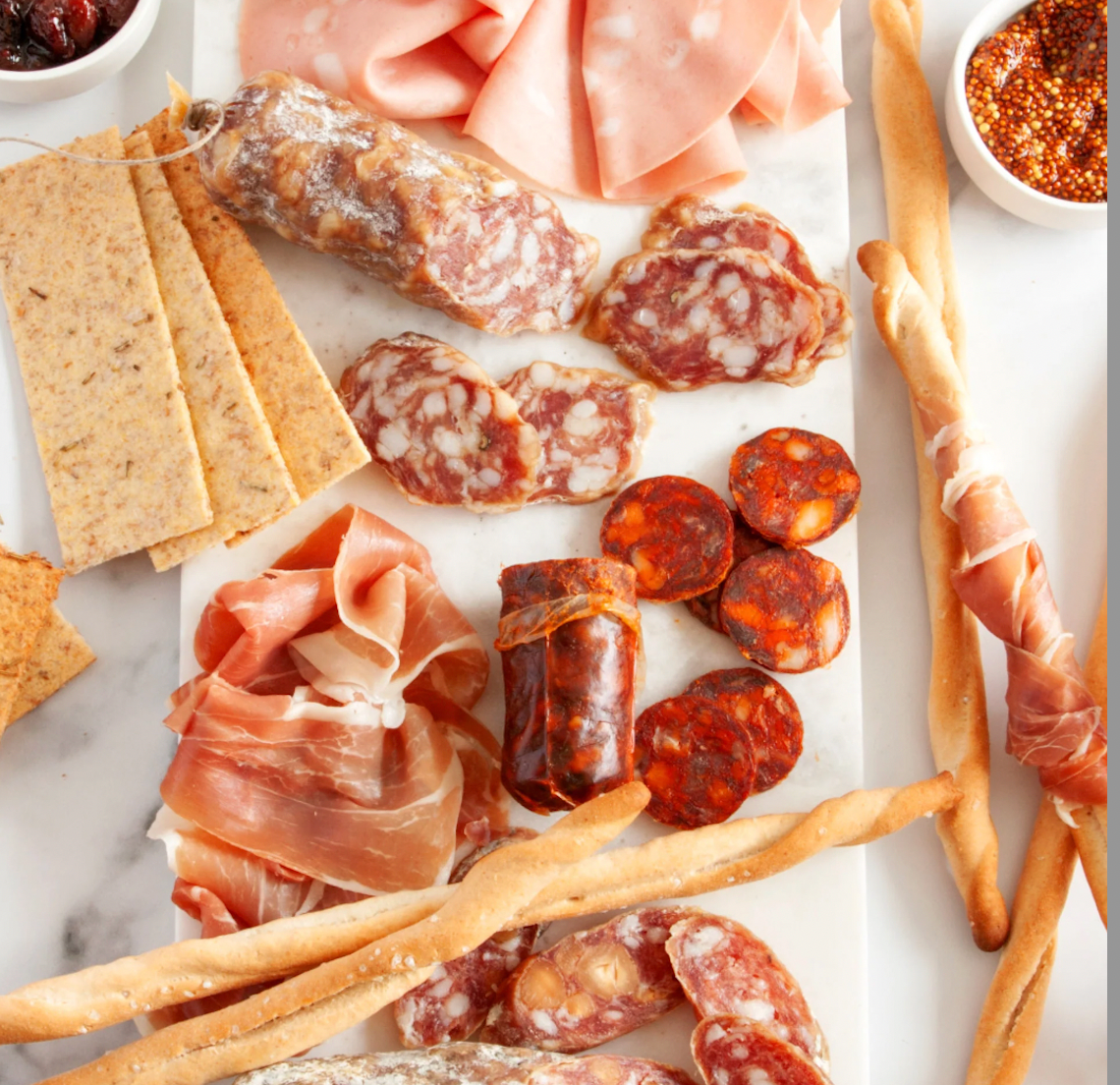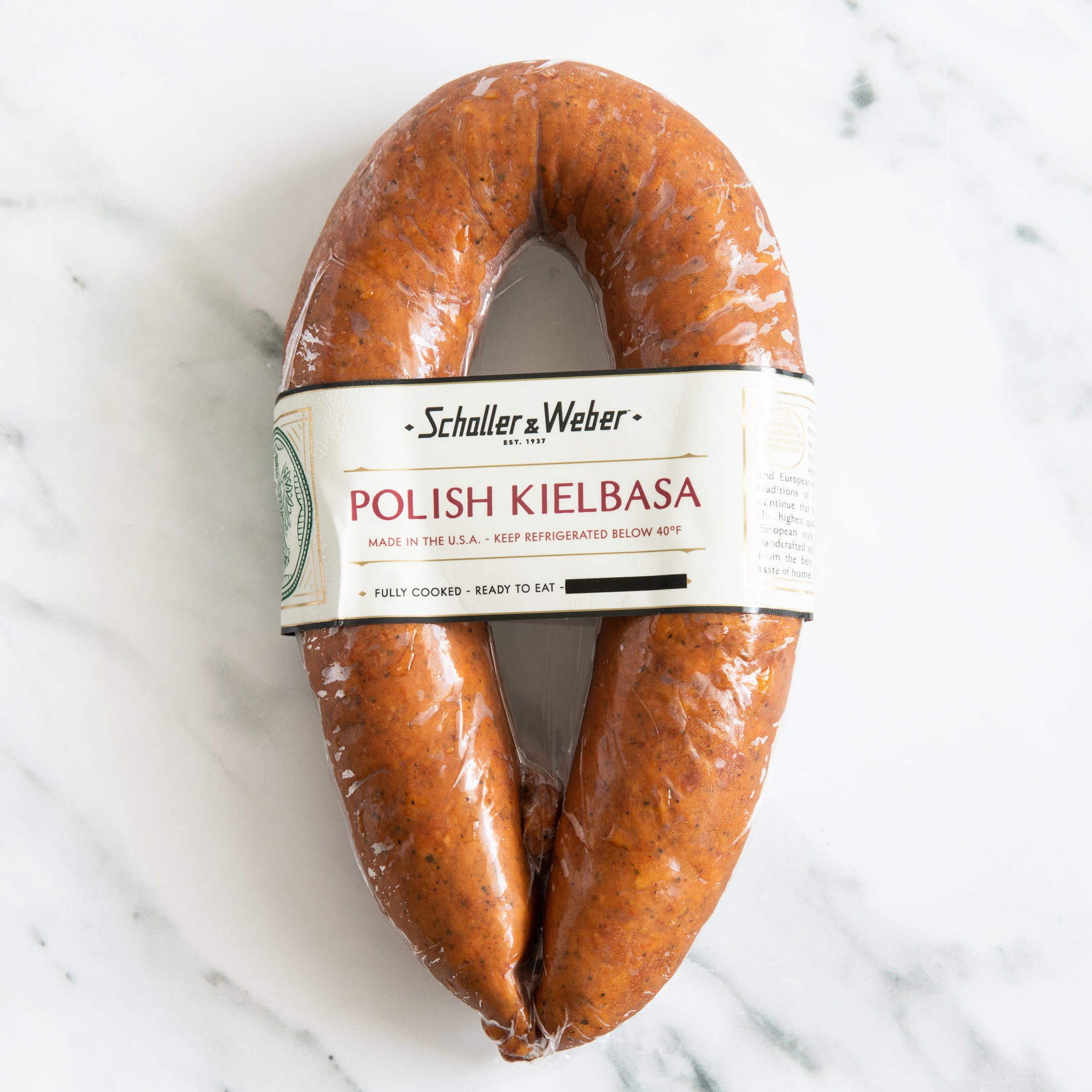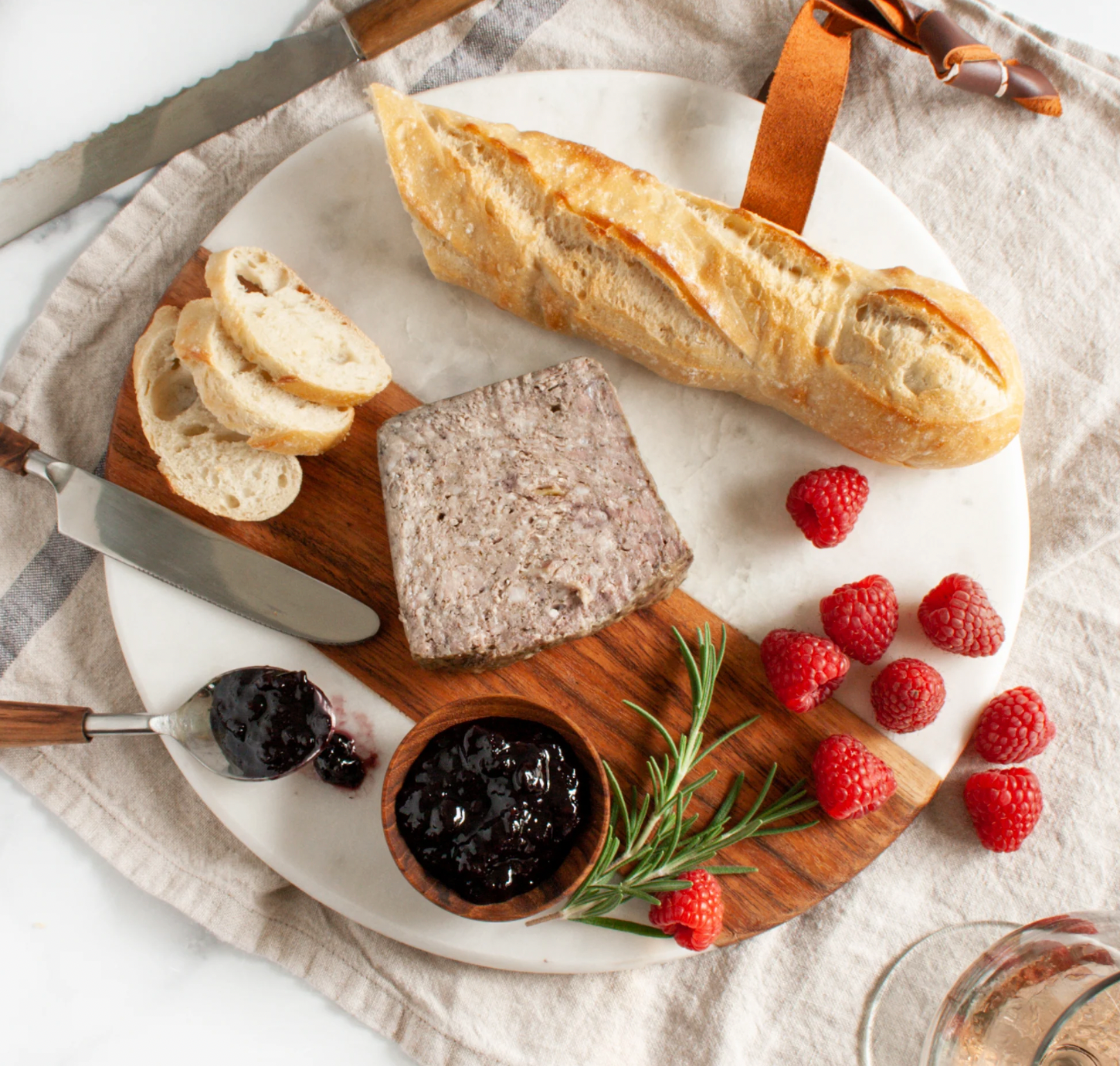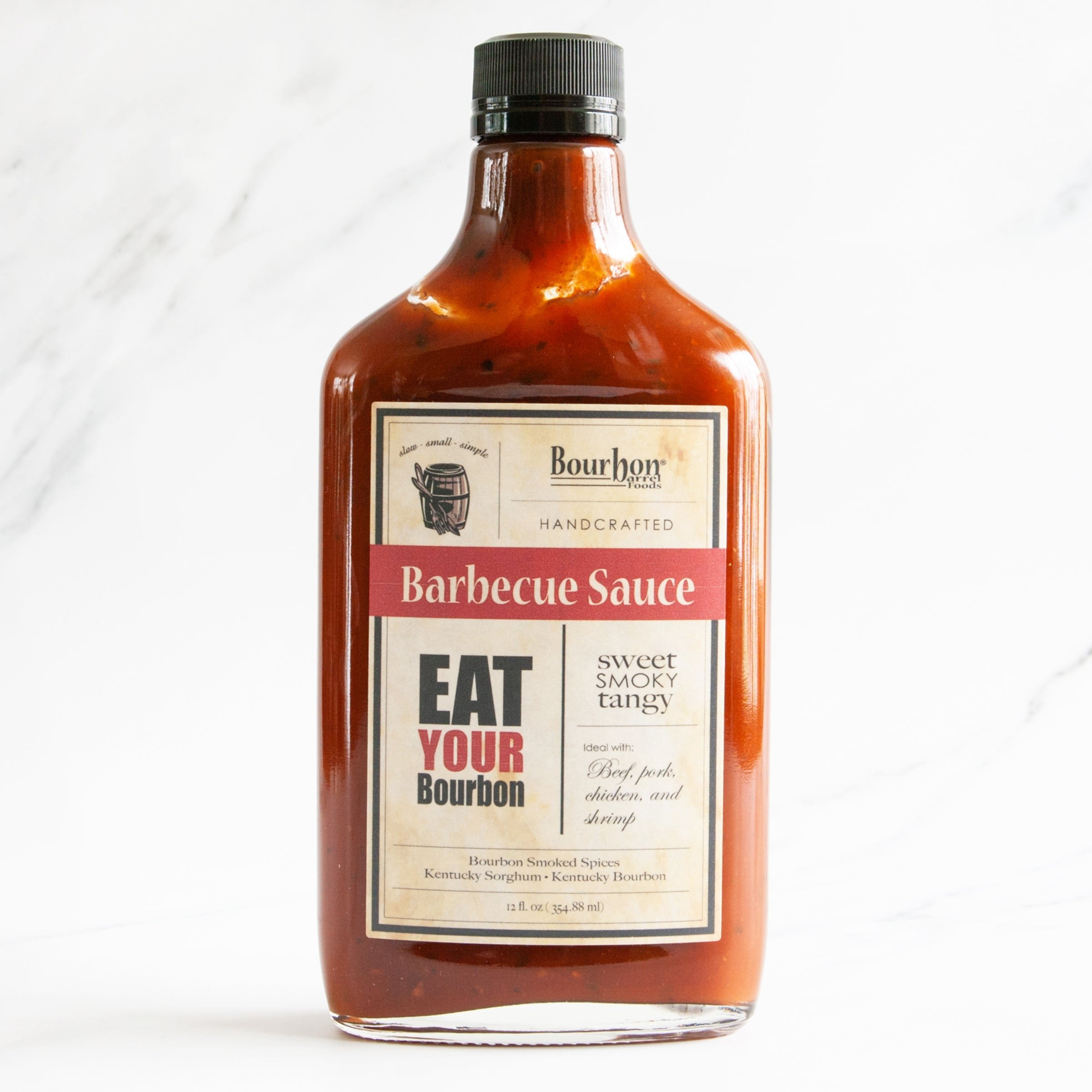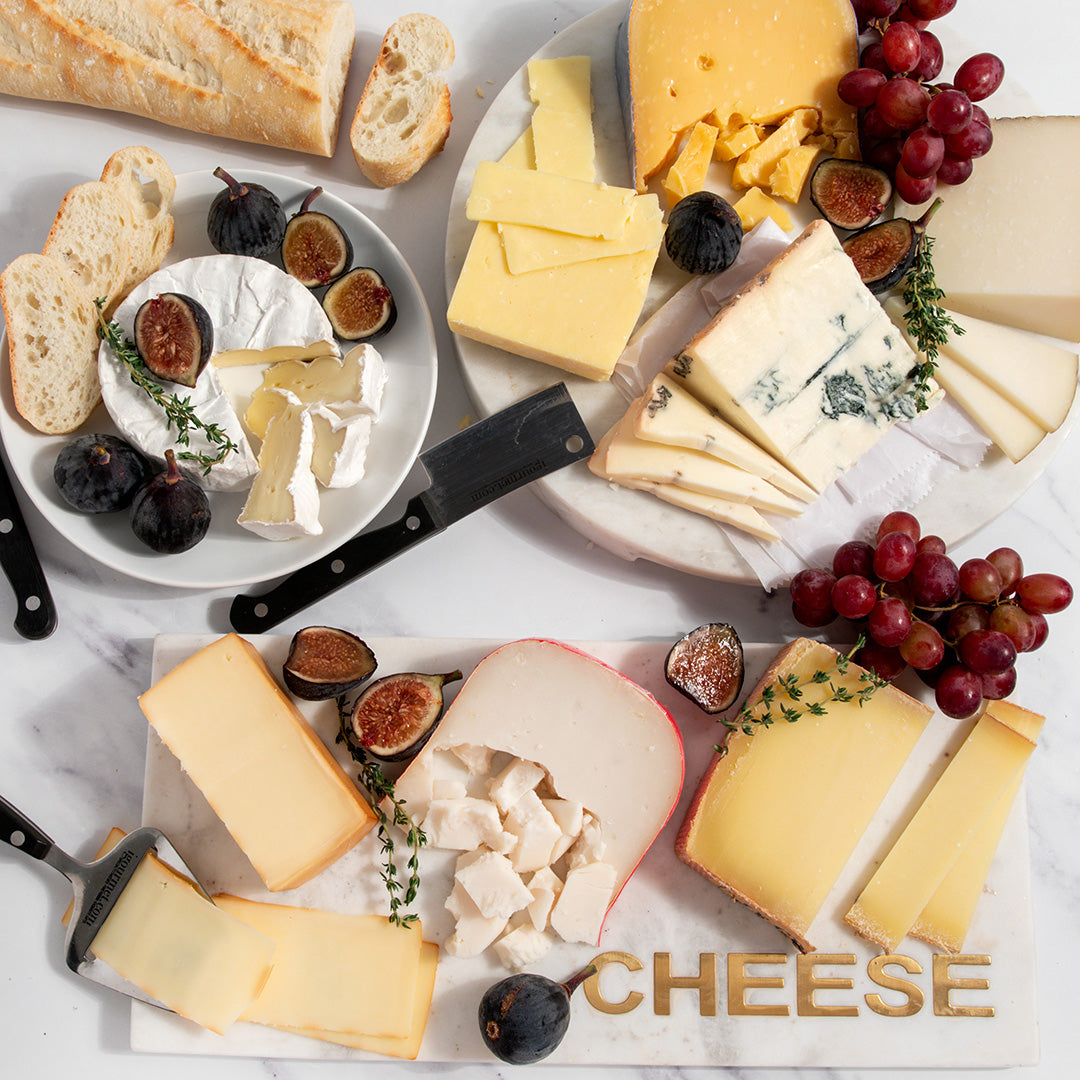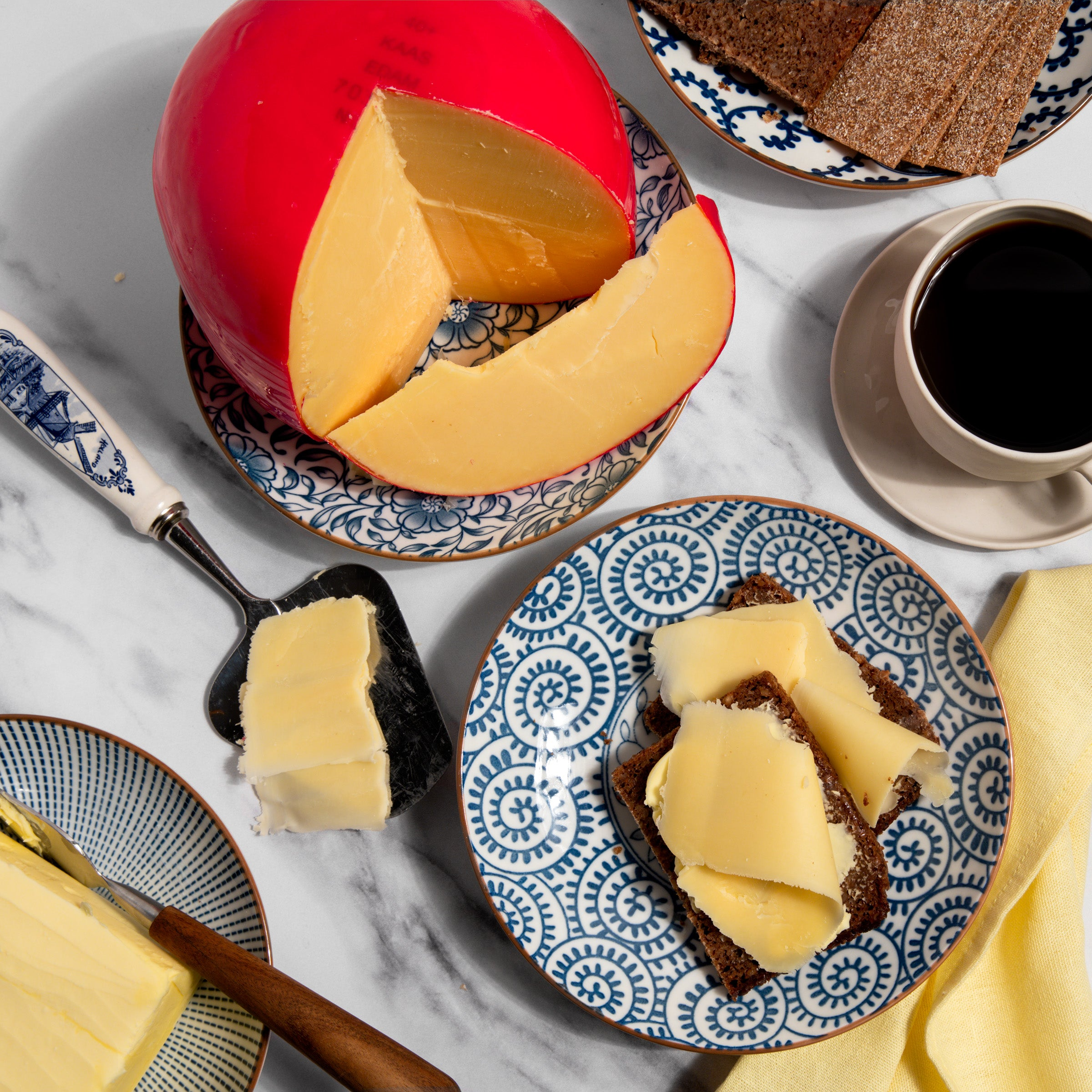Guide to Cheese Types
Turkey - Gourmet Guide
June 12, 2019 | By Dave Mattingly
The Turkey is a large bird native to North America. The domesticated Turkey, a popular, healthy form of poultry when offered as a Free Range Organic Turkey, is a descendant of the Wild Turkey (Meleagris Gallopavo), one of two species of Turkey. The other species of Turkey is the Ocellated Turkey (Meleagris Ocellata), a native to the Yucatan Peninsula.
Turkey, as a bird and as a food, was introduced to Europe from colonists of North America. European settlers in North America first saw a bird with similar features to a European bird called a guinea fowl, also called Turkey hen or Turkey cock. Since these birds were imported to Europe through the country of Turkey located in the Middle East, the shortened name of Turkey stuck for this bird from North America. Turkeys were most likely first domesticated by native Mexicans. The Spanish brought domesticated Mexican Turkeys to Europe in the early 1500s where they were embraced. By the 1540s Turkey farming was established in England and by the late 1500s Turkeys were known to be a part of the traditional Christmas feast. Different breeds of Turkey developed including the Black and White Holland. In fact, Pilgrims brought Turkeys to the Plymouth Bay Colony America on their voyage in 1620. English cookbooks described the consumption of Turkey throughout the year. Summer birds were described as small while fall and early winter birds became large and plump. Turkeys continued to be bred, and today such breeds as the Bronze, Narragansett, White Holland, and Bourbon Red are found in the US.
Thanksgiving Turkey
The first Thanksgiving was celebrated in 1621 and Thanksgiving was declared a national holiday by President Abraham Lincoln in 1863. By the early 1900s Thanksgiving was often referred to as Turkey Day in publications due to the popularity of eating Turkeys for Thanksgiving. Today Turkey is appreciated as a lean substitute for red meat and in addition to Thanksgiving is consumed at Christmas and other holidays. In fact, annual consumption of Turkey has doubled in the past twenty five years from 16.4 pounds per person in 2010, up from 8.3 pounds per person in 1975.
The female Turkey is called the hen, the male Turkey is call the tom, and the chick is called a poult. The male Turkey makes the gobble, gobble sound, while the female Turkey only makes a gentle clicking noise. While Wild turkeys usually have dark colored feathers, domesticated Turkeys are typically bred to have lighter or white feathers. The head and neck of Turkeys have no feathers, only a red fleshy skin. The soft growth on the front of a Turkey's head is called a snood while the pouchy area in front of the throat is called the wattle. The head, neck, snood and wattle of a male Turkey all turn a shocking red when the male begins his "strut", or mating dance, in hope of attracting a female.
Health Benefits of Turkey
Turkey is appreciated as an inexpensive, low-calorie and healthy meat. A Turkey typically has about 70% dark meat and 30% light meat. White meat has fewer calories and fat than dark meat, although dark meat is slightly juicer and retains more of its juicy flavor when reheated for leftovers. Turkey is also high in vitamins and minerals such as Vitamins B, B1, B6, and folic acid, zinc and potassium, which help control cholesterol and offer protection against birth defects, cancer and heart disease, as well as help to promote nerve function, support the immune system, and help regulate blood pressure. Turkey is a low carb food and scores low on the glycemic index, and may help control blood sugar levels.
It is a common belief that Turkey promotes sleep due to its high levels of the amino acid tryptophan, which helps regulate sleep cycles. Turkey in fact has similar amounts of tryptophan as other foods such as shrimp, tuna, chicken, beef and salmon. Most likely, the sleepiness that is felt after consuming a large Turkey dinner may be from simply eating a large amount of food, including high carb foods eaten in conjunction with Turkey.
Turkey Preparation
Turkey is prized for its mild flavor, particularly its white meat. The dark meat's richer flavor is ideal for soups and stews, and in grilling and barbequing. Additionally, Turkey may be browned, sautéed, stir-fried, fried, microwaved and cooked on the stovetop in conjunction with other foods. Since there is a large variety of Turkey products available today, including turkey breast, ground turkey, turkey ham, turkey hot dogs, turkey pastrami and turkey sausage, Turkey is easily incorporated into just about any meal, from sandwiches, to pasta, chili, meatloaves, soups and salads. After a Turkey is roasted for Thanksgiving or Christmas, there are usually leftovers since poultry Turkeys may range in size from 5 to over 40 pounds. The most popular Turkey leftovers are sandwiches, soups, stews, salads and casseroles. And don’t forget to dry the wishbone from the Turkey breast and make a wish!
How To Cook a Turkey
Raw Turkey should be stored in the coldest section of your refrigerator, at a temperature of 40 degrees F or below. While raw Turkey will last one to two days in the refrigerator, cooked Turkey will last up to four days refrigerated. It is important to store stuffing and gravy separate from Turkey meat. When defrosting a frozen Turkey be sure to defrost in the refrigerator instead of room temperature, as Turkey is very sensitive to heat. Although it takes several hours, the best flavor of Turkey is brought out when it is roasted. Since microorganisms from the Turkey may contaminate stuffing, it is recommended to cook the stuffing outside of the Turkey. If stuffing is cooked inside the Turkey, it is recommended that the internal temperature at the center of the stuffing reaches 165 degrees F when measured with a cooking thermometer. Unstuffed roasted Turkey may be cooked for 15 minutes per pound and internal temperature at the mid-thigh should reach 165-170 degrees F. The Turkey should sit for fifteen to twenty minutes to redistribute the juices prior to carving and serving.
Organic Free-Range Turkeys
igourmet is proud to offer Turkeys from Eberly Poultry. Raised in a free-range environment on small family farms in Pennsylvania Dutch Country, Eberly Poultry's Organic Free Range Turkeys are USDA inspected and certified organically grown. Their Organic Free Range Turkeys are raised in an environment which allows them to forage in the sun, and they are provided mineral-rich clean water and the ability to exercise in the fresh air, which creates healthier, meatier turkeys, with more muscle and less fat. Eberly Poultry never uses growth stimulants, antibiotics or animal by-products in their organic feed, which are naturally higher in protein and nutrients. No artificial ingredients, preservatives, solutions or injections are ever added to their free-range organic Turkey, ensuring the highest quality natural flavor. Additionally, records are maintained for each flock’s growth from chick to the retail process, to establish confidence in the organic certification of the bird.
TURKEY FACTS
- Benjamin Franklin was an ardent supporter for the Turkey and proposed that it be the national symbol of America, instead of the Bald Eagle.
- Domesticated Turkeys weigh twice that of a wild turkey.
- Turkeys are the only native breed of poultry to the Western Hemisphere.
- Wild turkeys have smaller breasts and longer necks and legs than domesticated Turkeys.
- While domesticated Turkeys cannot fly, Wild Turkey can fly up to 55 miles per hour.
- Wild Turkeys may spend the night in trees.
- Turkeys have excellent hearing and sight, but a poor sense of smell.
- In the early 1900s the Turkey Trot was a popular dance that consisted of bobbing your head and strutting like a tom Turkey. Many thought the dance was demoralizing and tried to get it banned. By 1914, the Fox Trot replaced the Turkey Trot making conservatives happy.

